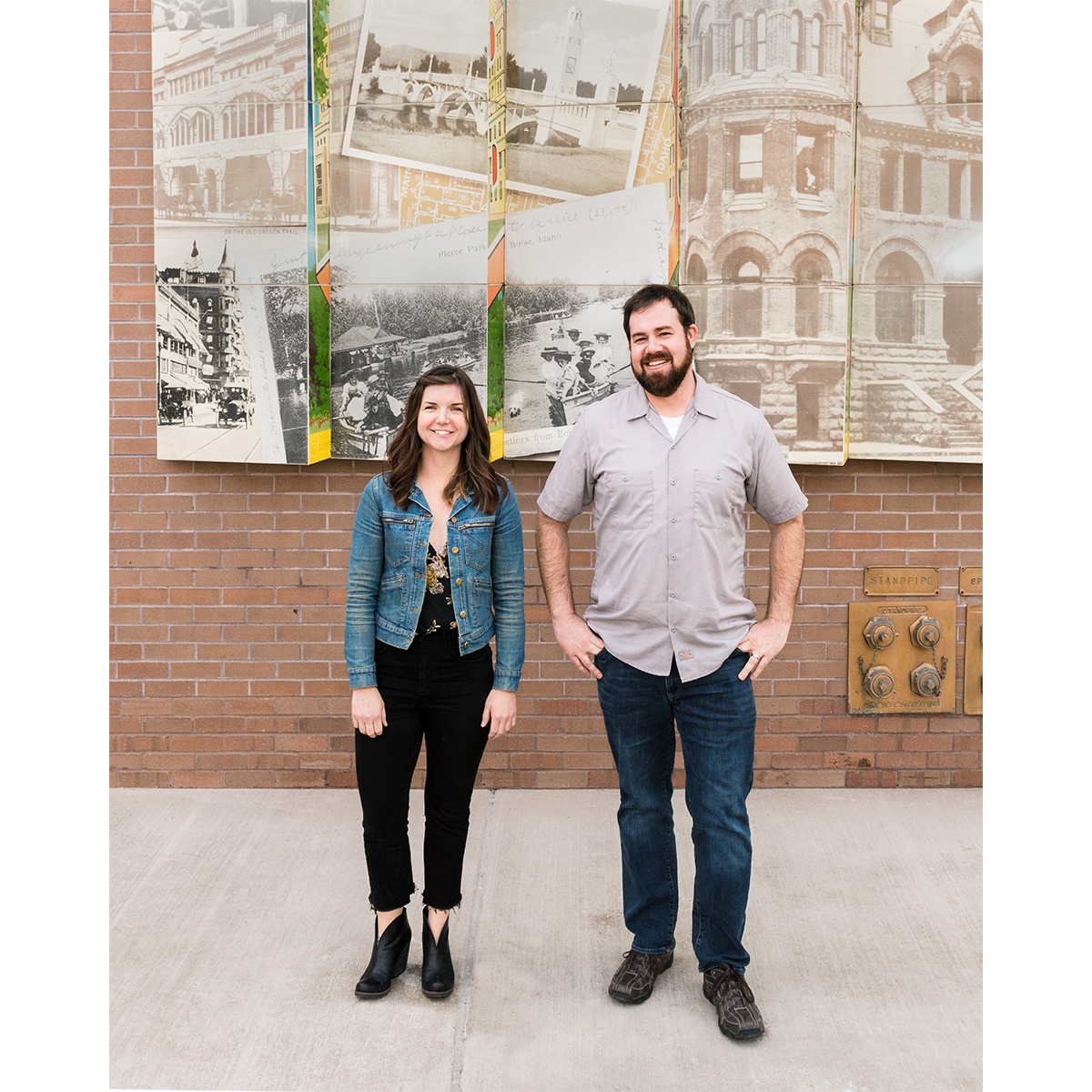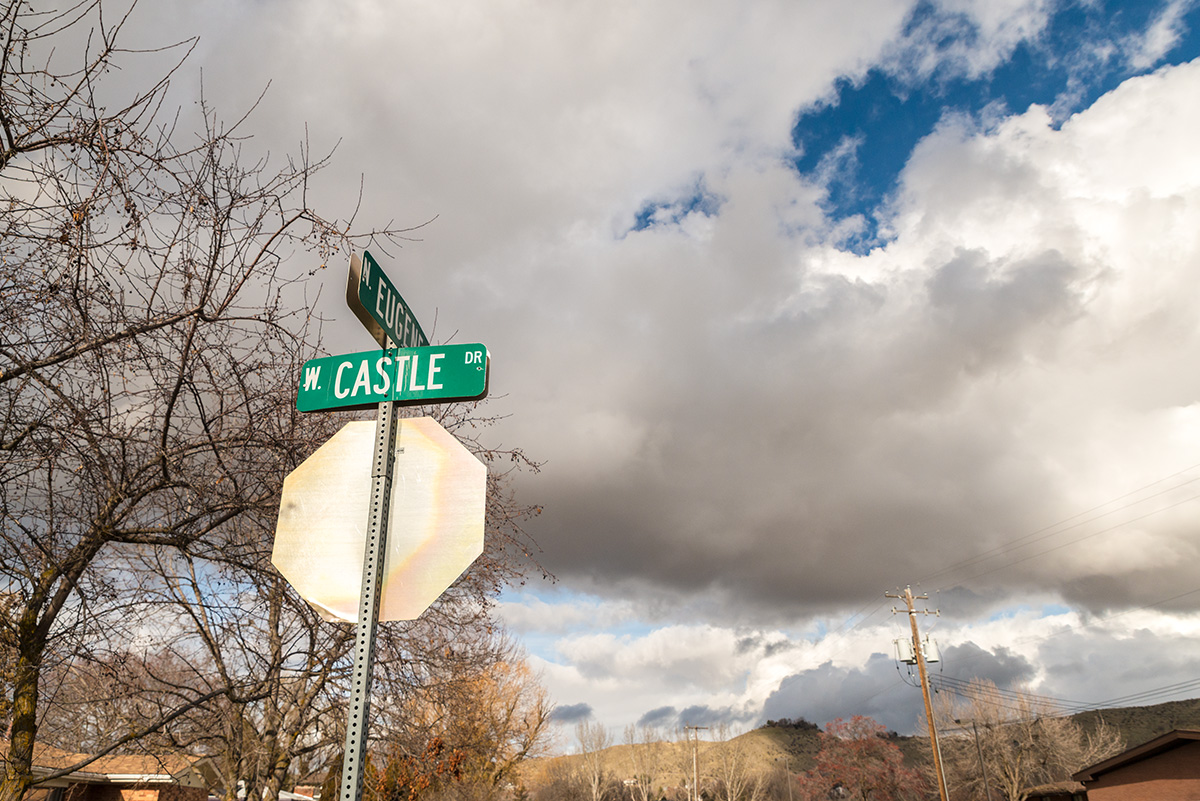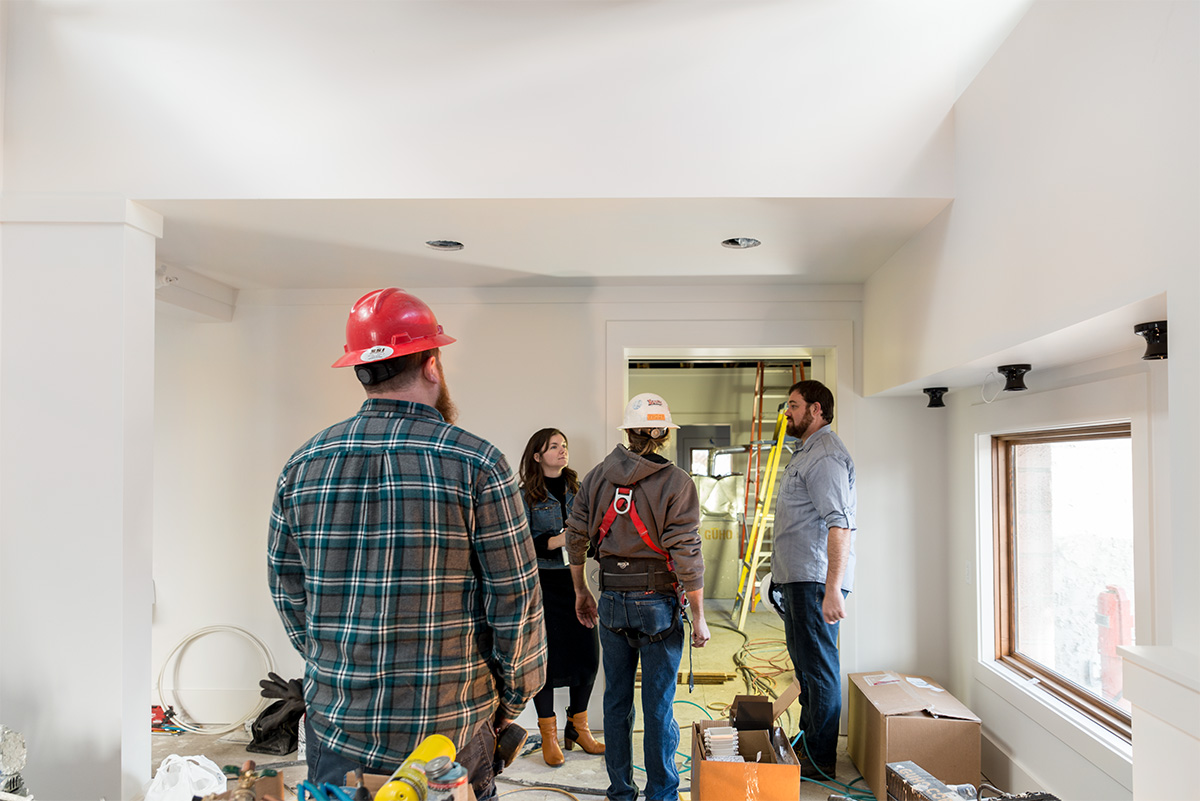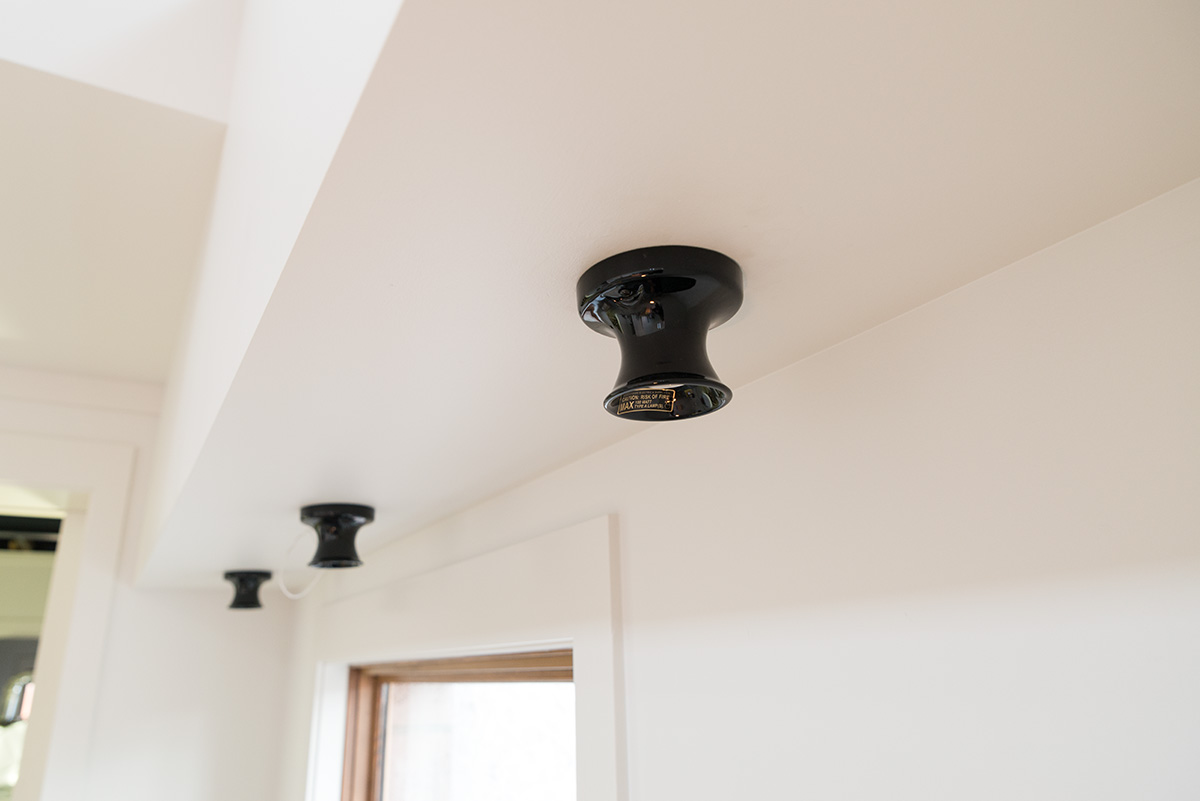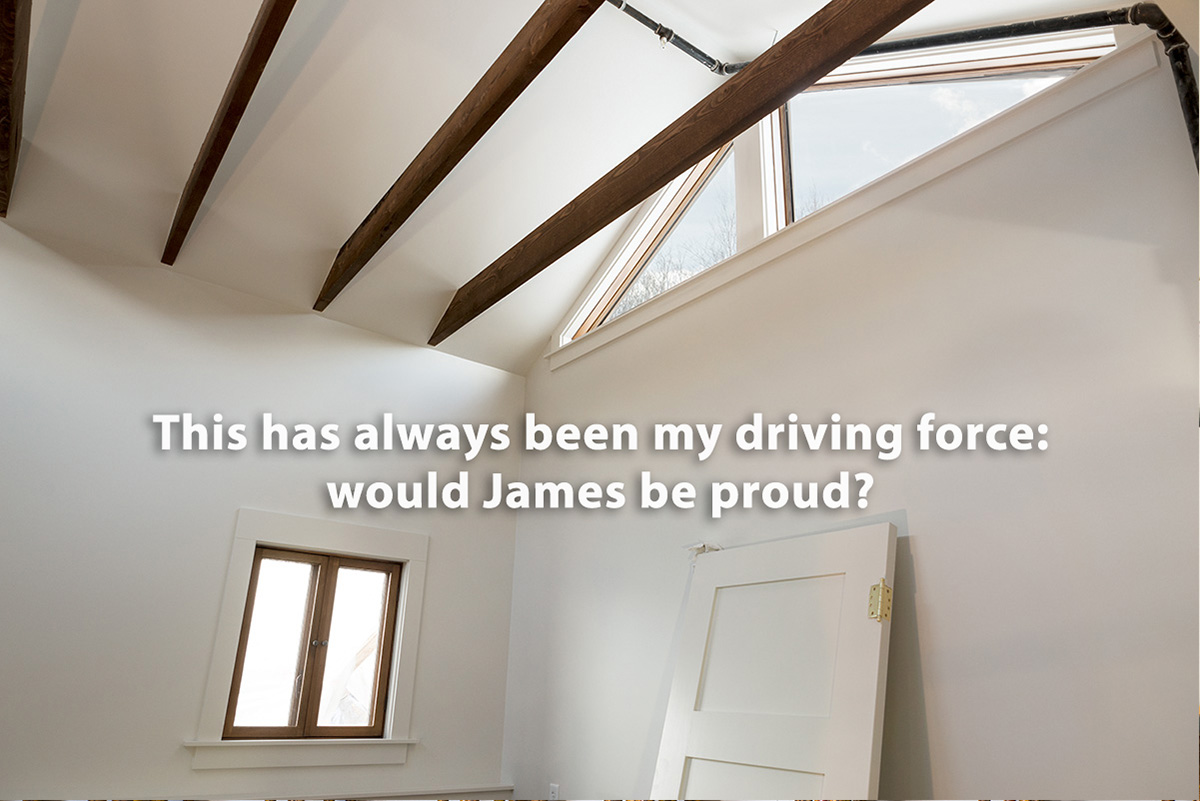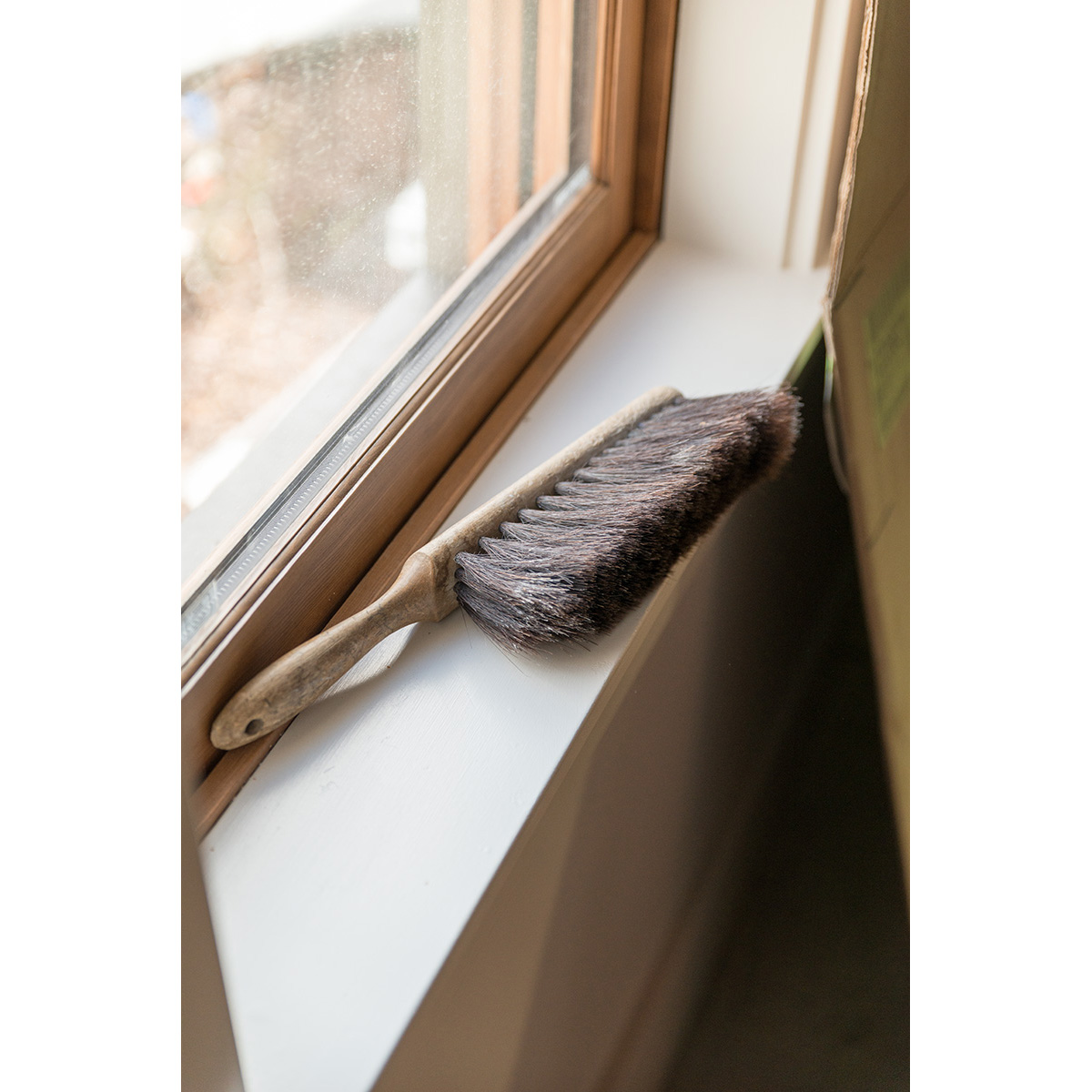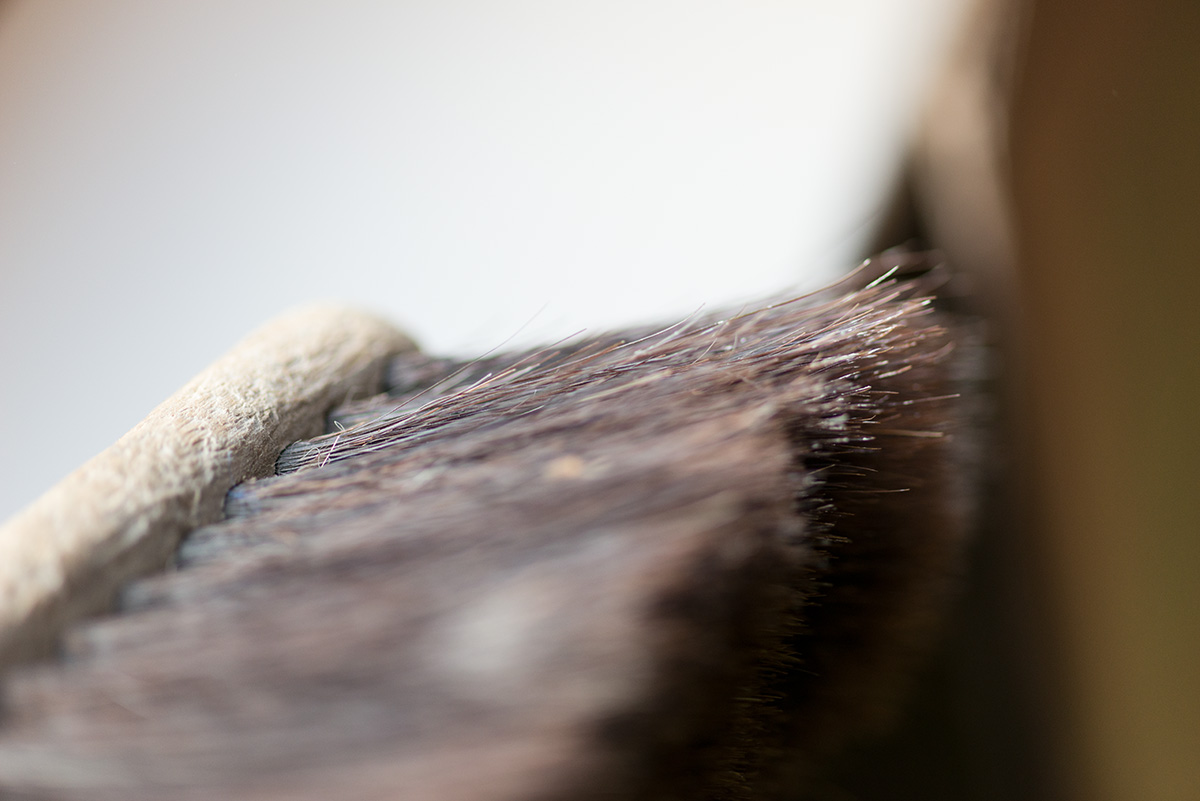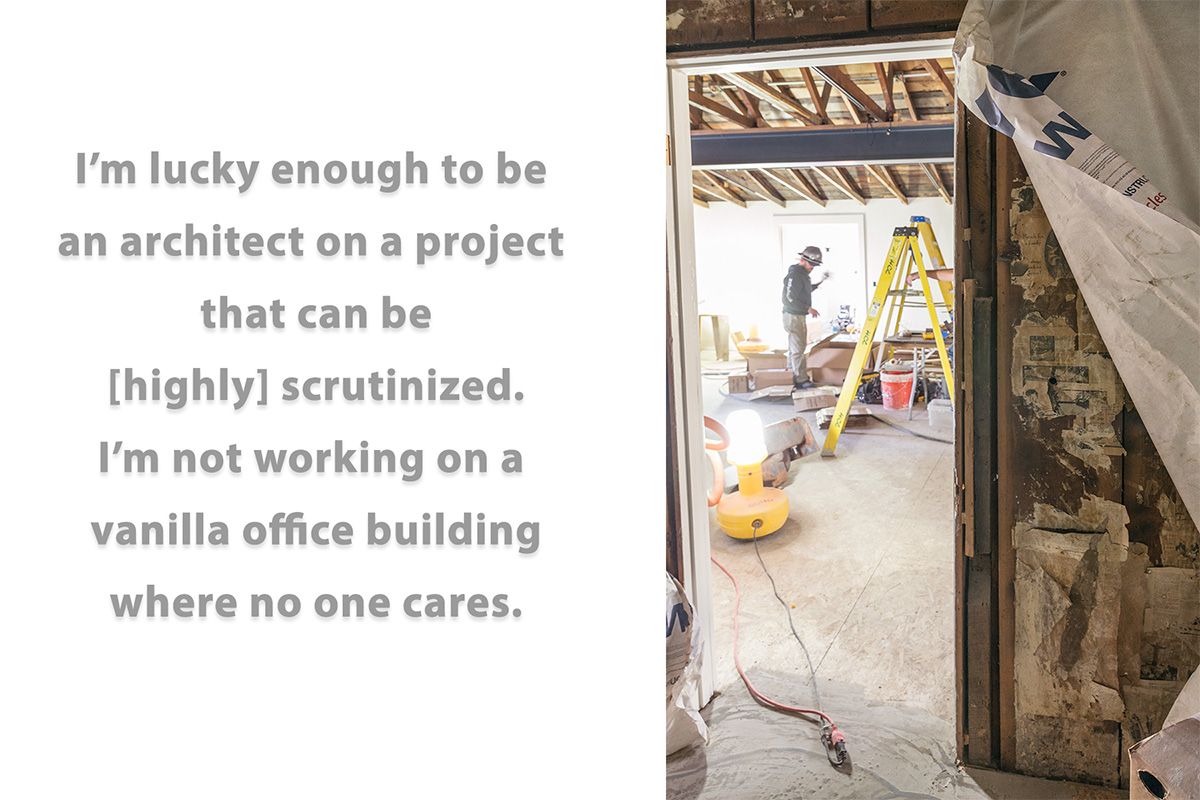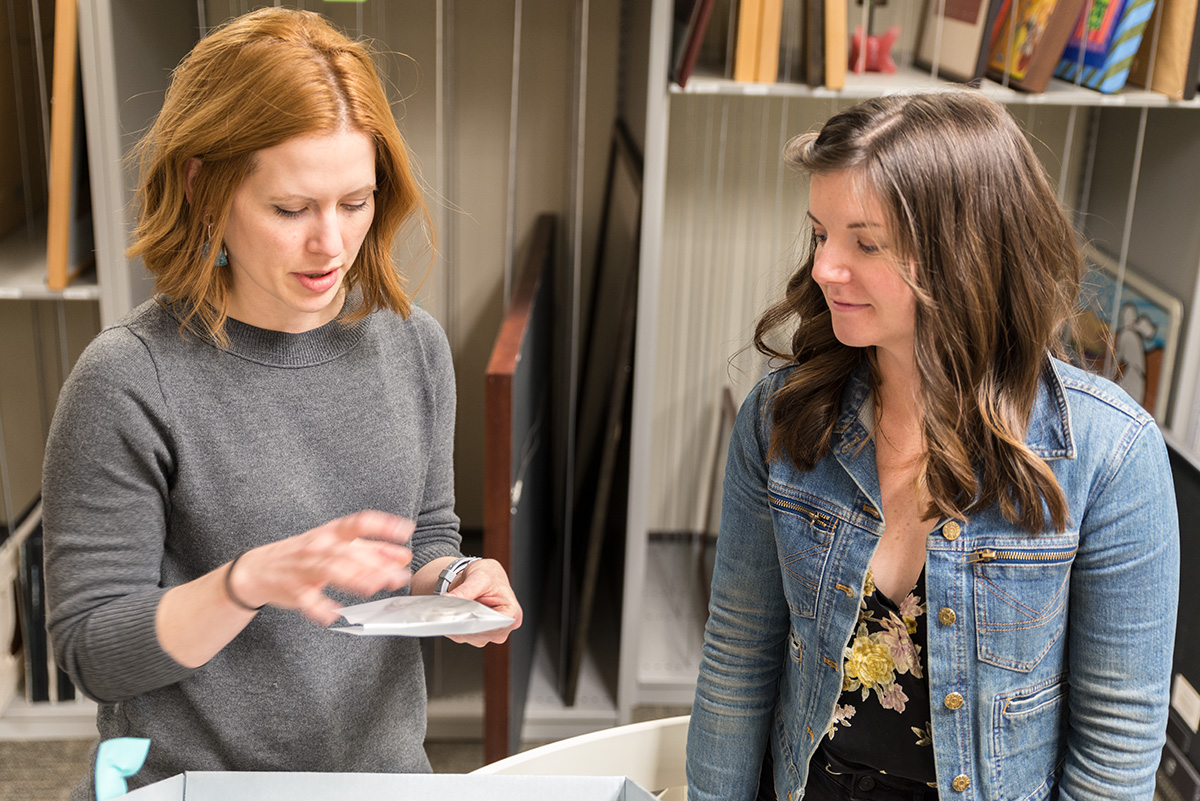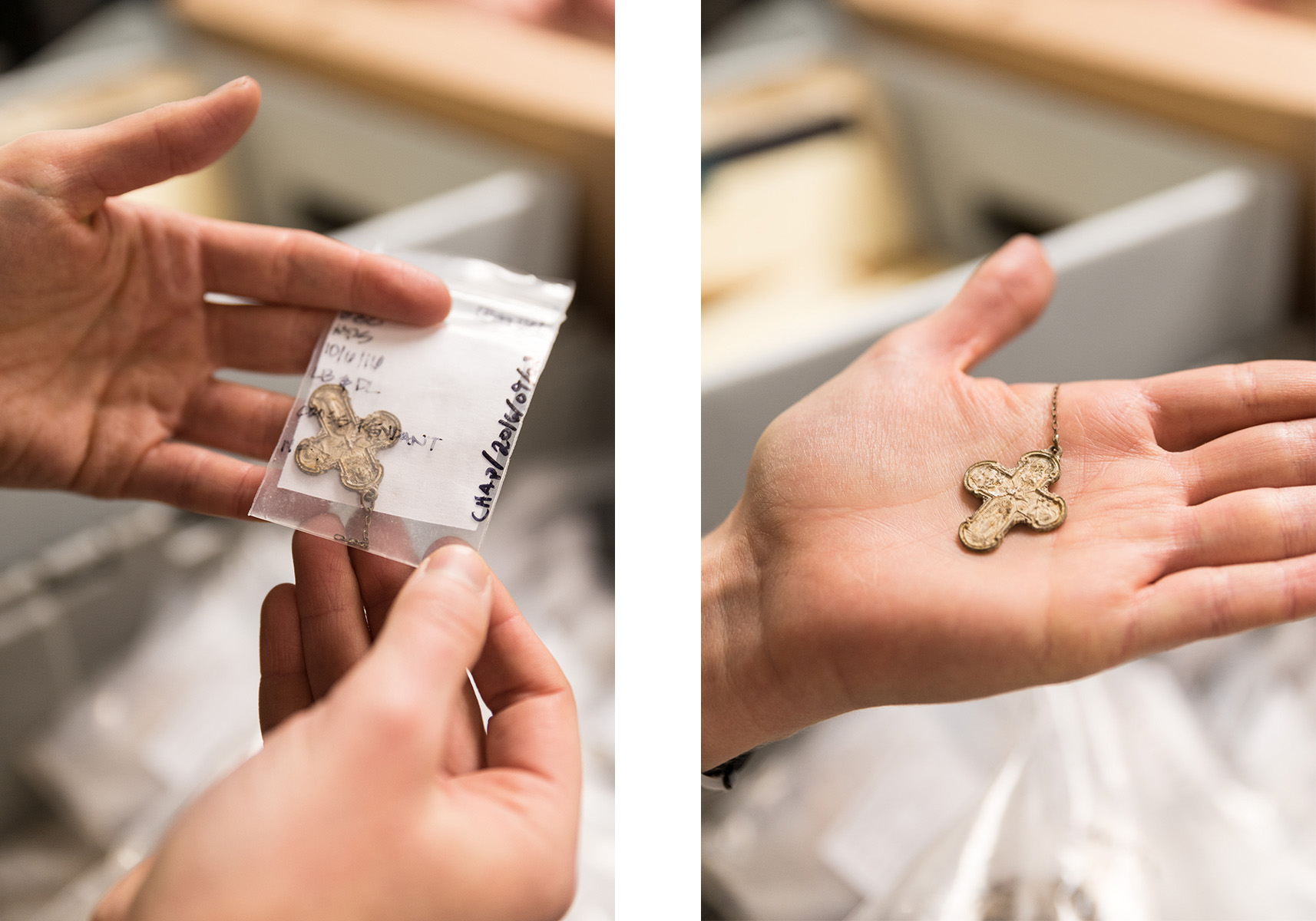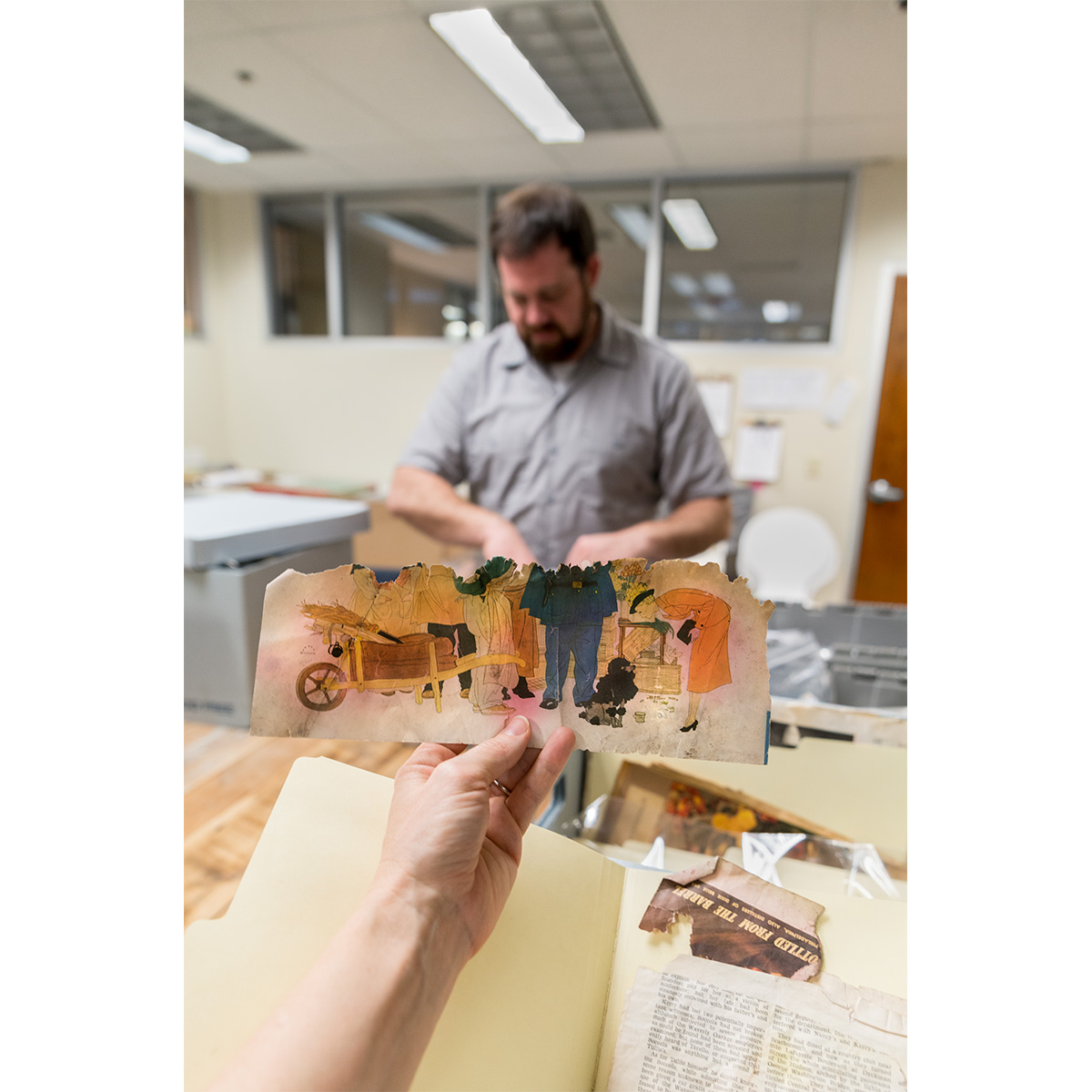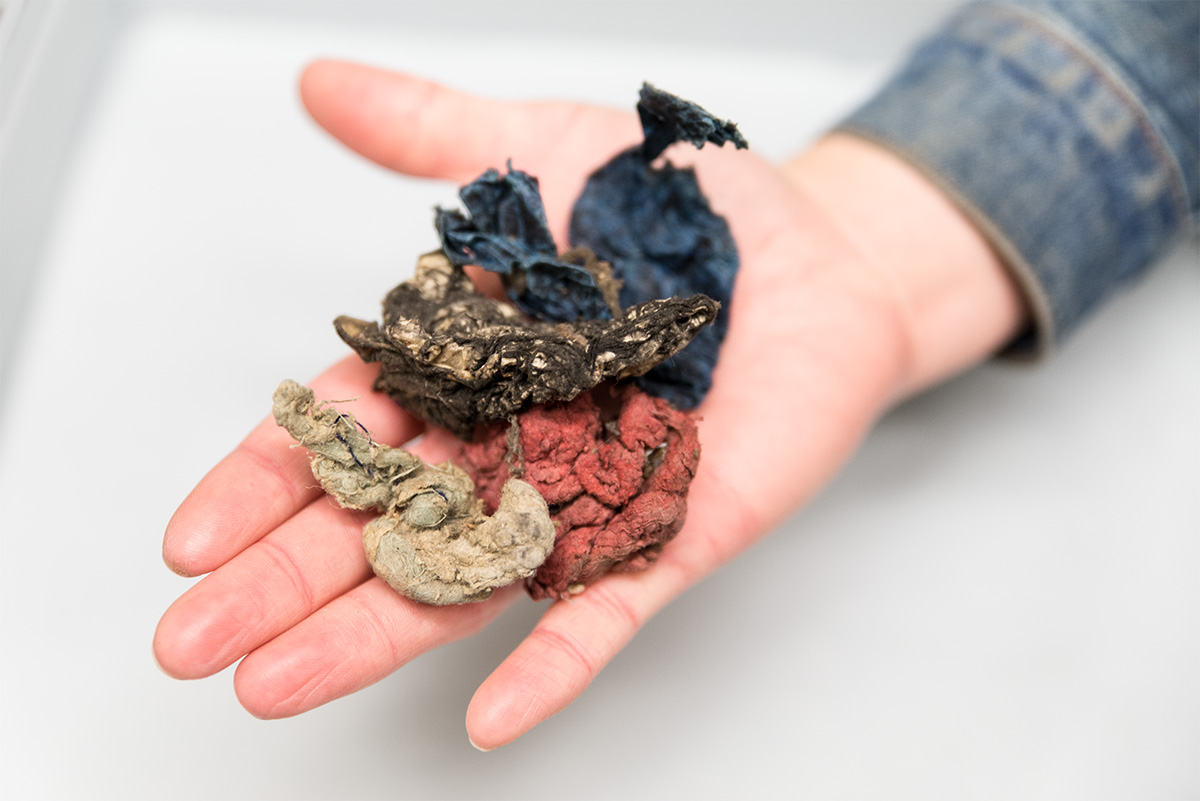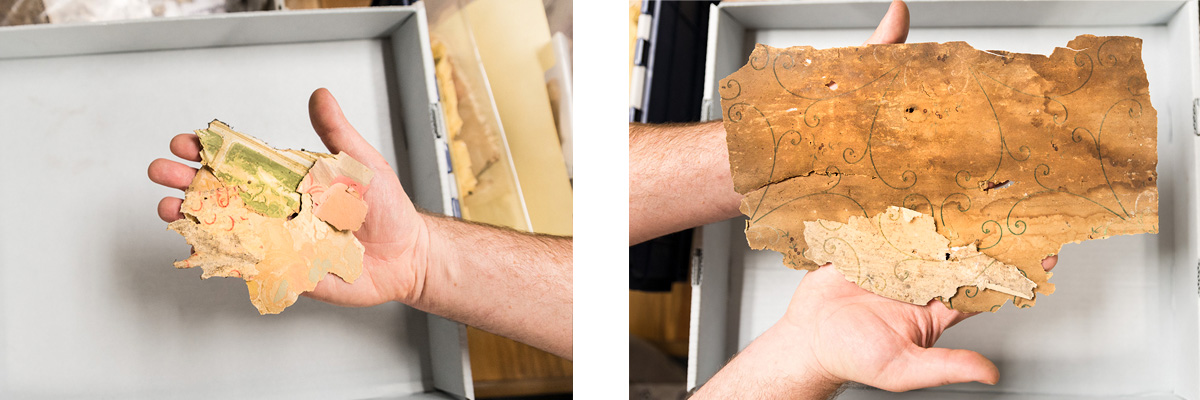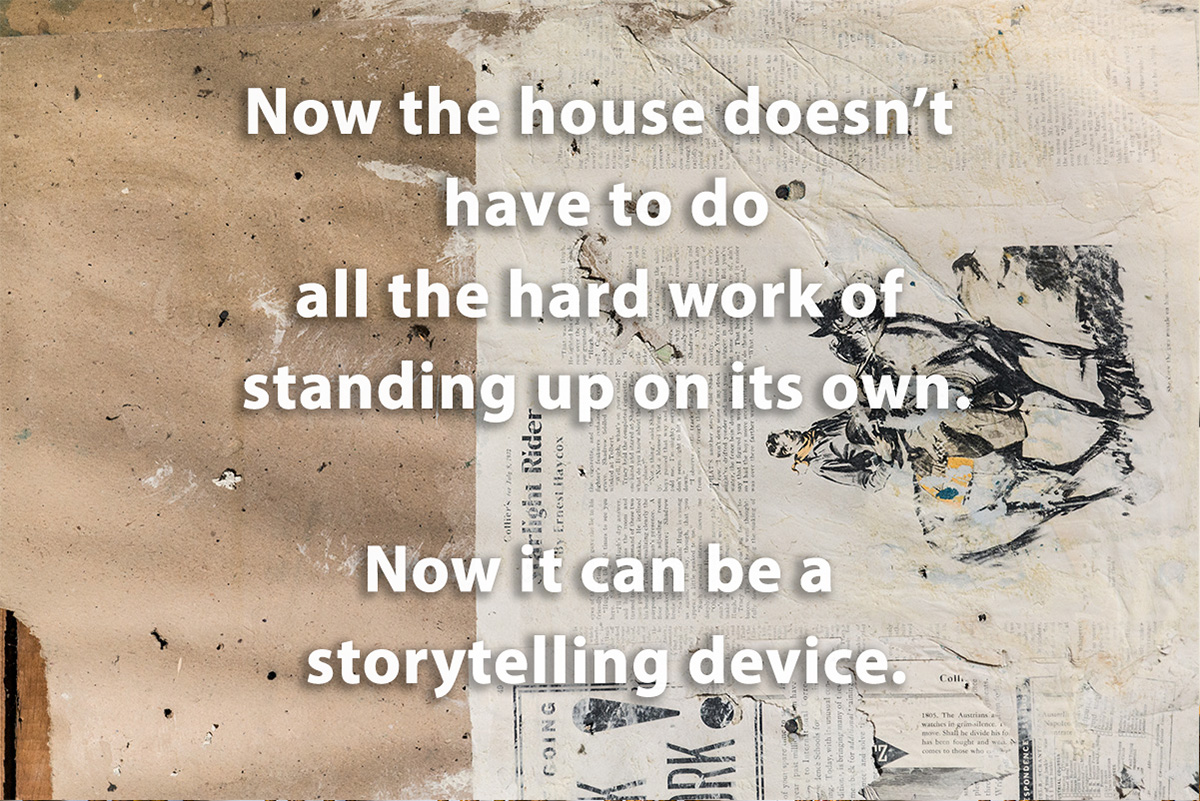Creators, Makers, and Doers: James Castle House
Posted on 1/30/18 by Brooke Burton
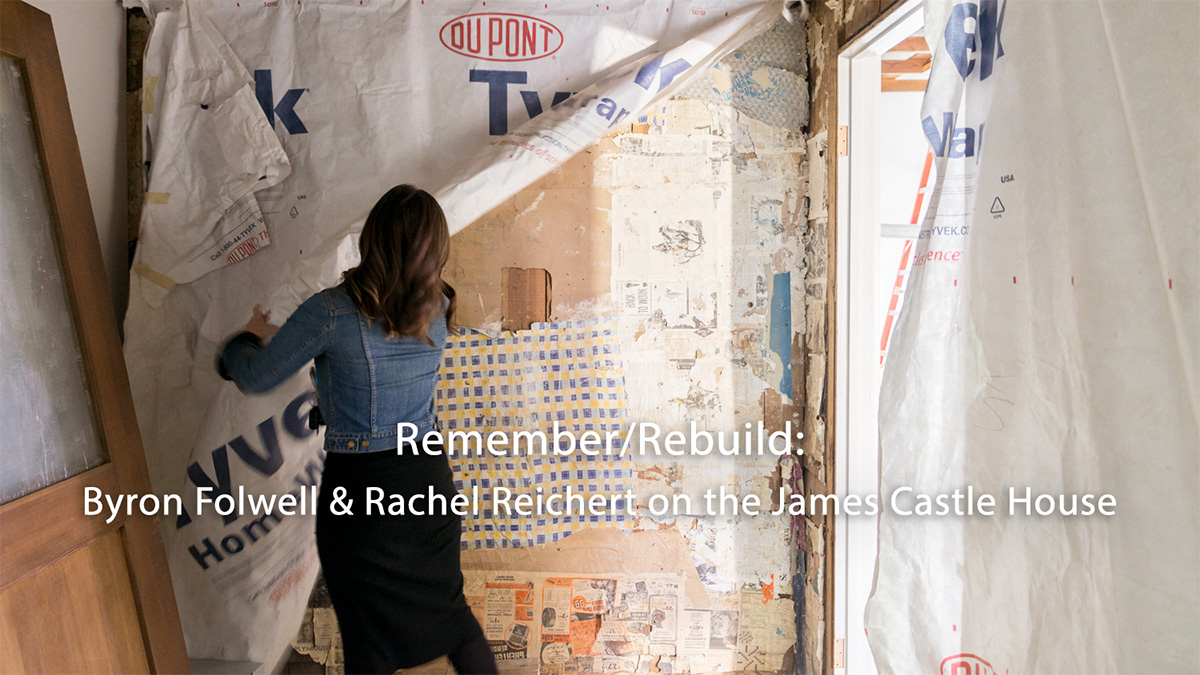
Interview & Photography by Brooke Burton ©Boise City Department of Arts & History
James Castle was a self-taught artist who lived in North Boise until his death in 1977 and whose drawings and assemblages have gained international acclaim. The City of Boise purchased the property and home from which he worked and is in process of creating a unique site to honor the artist, provide education, and facilitate dialogue through a gallery, artist-in-residence program, and preservation and display of artifacts found on the property. Rachel Reichert of the Arts & History Department and architect Byron Folwell speak about dreams, fears, and rewards of forging a path in rebuilding a historical site.
You’ve been working on the James Castle House for thee years and nearing completion in a few weeks. In the beginning of the process, were there precedents around the nation, maybe other artist studios, that you looked at as a model?
I did a lot of research on the obvious: the artist’s home and studio. There is a program with the National Trust called the Artists’ Homes and Studios program; to be a part of it you have to be on the National Register and then you are plugged into a larger program. I just figured there would be [laughs] a manual, a document, just a best practices [guide] from a single institution. But at the end of the day, each and every site and structure and artist and narrative are so incredibly unique that, of course, there’s not a manual for doing this—not even remotely
So you are forming the model as you go?
Also, and I hate to say this, but internally we don’t have the language around what we’re doing here. So [we are] educating the City staff on why this project is different. We’ve had to redirect people’s mindsets around what exactly we’re doing here.
What are you doing? What is rebuilding the Castle House all about?
It’s about how we honor this person, and also honor this space and make sure it is celebrated in a meaningful way; not twisted around because of policy or internal process, or budgets.
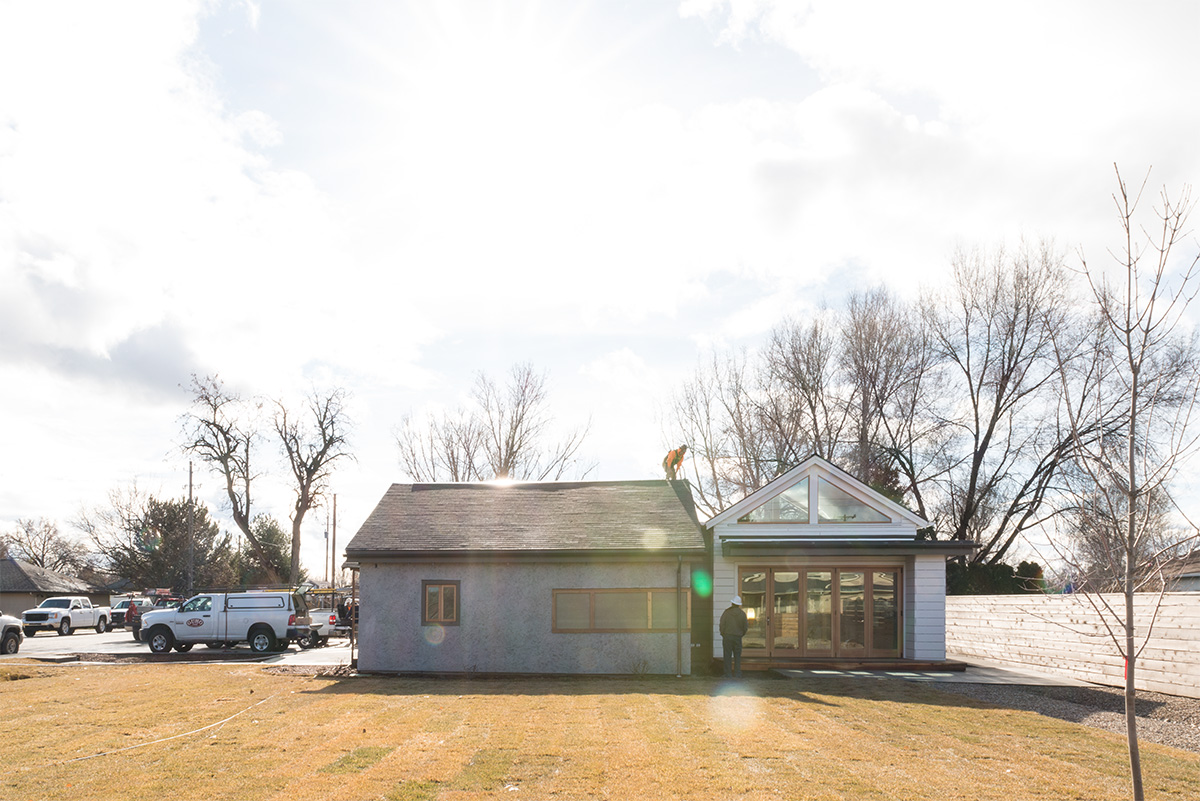 Have people gotten on board?
Have people gotten on board?
For sure, I think they’re starting to see it.
While doing your research, were there any specific artists’ houses that stood out?
Yes. The Louise Bourgeois house—We had a chance to go to New York and see that. I remember that visit opened up a whole series of other questions for us.
We were witnessing a space [where] the puff of smoke from Louise Bourgeois was still there. Like, she just disappeared: the kitchen, the keys on the wall, the pinned-up materials and papers, everything had been carefully looked at for longevity purposes, but gave the impression that she just went out to the store and she’ll be back any moment.
Oh, I love that.
So, James Castle is a Big Deal.
Yes.
How much pressure do you feel about that?
Endless. Immense. Crushing. [Laughter] Because it’s more than just the legacy and how do we do right by James Castle. That has always been my driving force: would James have been proud of this?
What a wonderful measure. Are there a lot of people out there with a connection to the person and the artwork?
Yes and there’s a level of wanting just to honor everybody who’s become invested in Castle and that goes back to our initial conversation about not wanting to be the personality in front of this project because it’s not about Byron or Rachel. It’s about James Castle and this house and how wonderful and beautiful it is. Where it gets a little sticky for me, in particular, is being [called] an expert on James Castle. I don’t ever anticipate calling myself that because it’s not where my work has been focused. It’s on the house.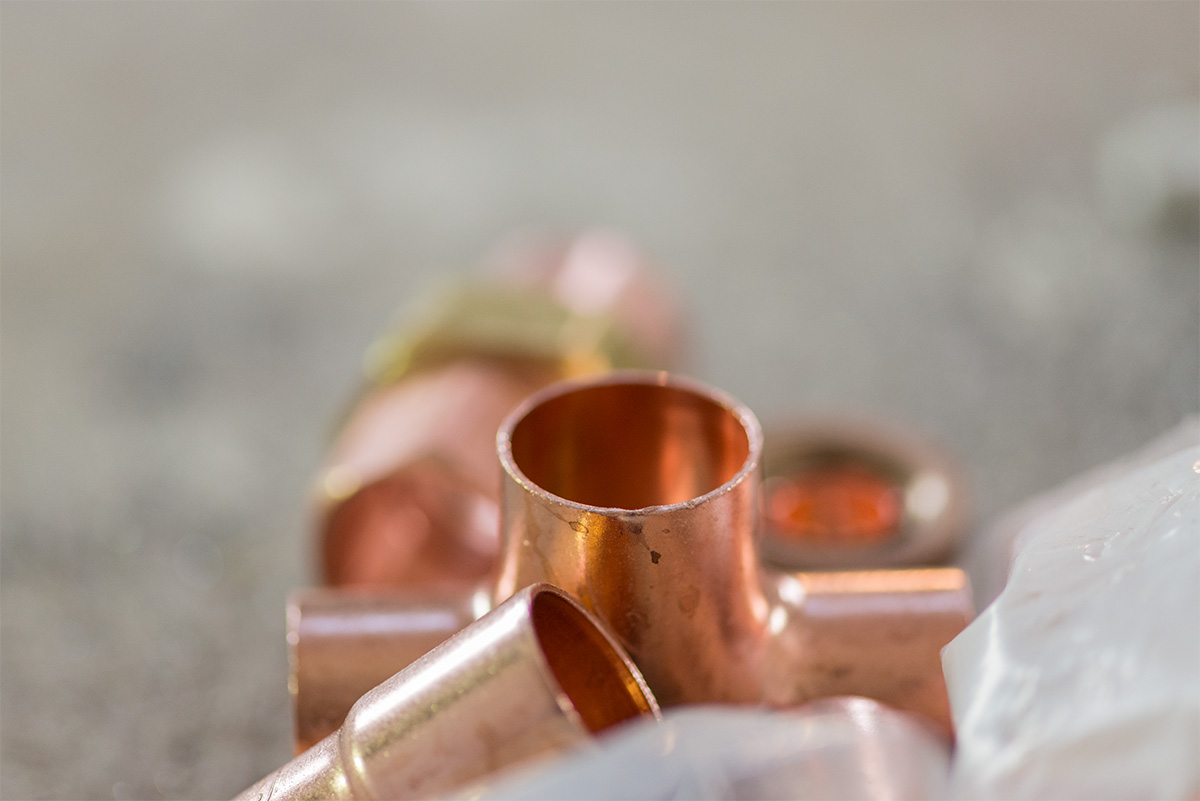
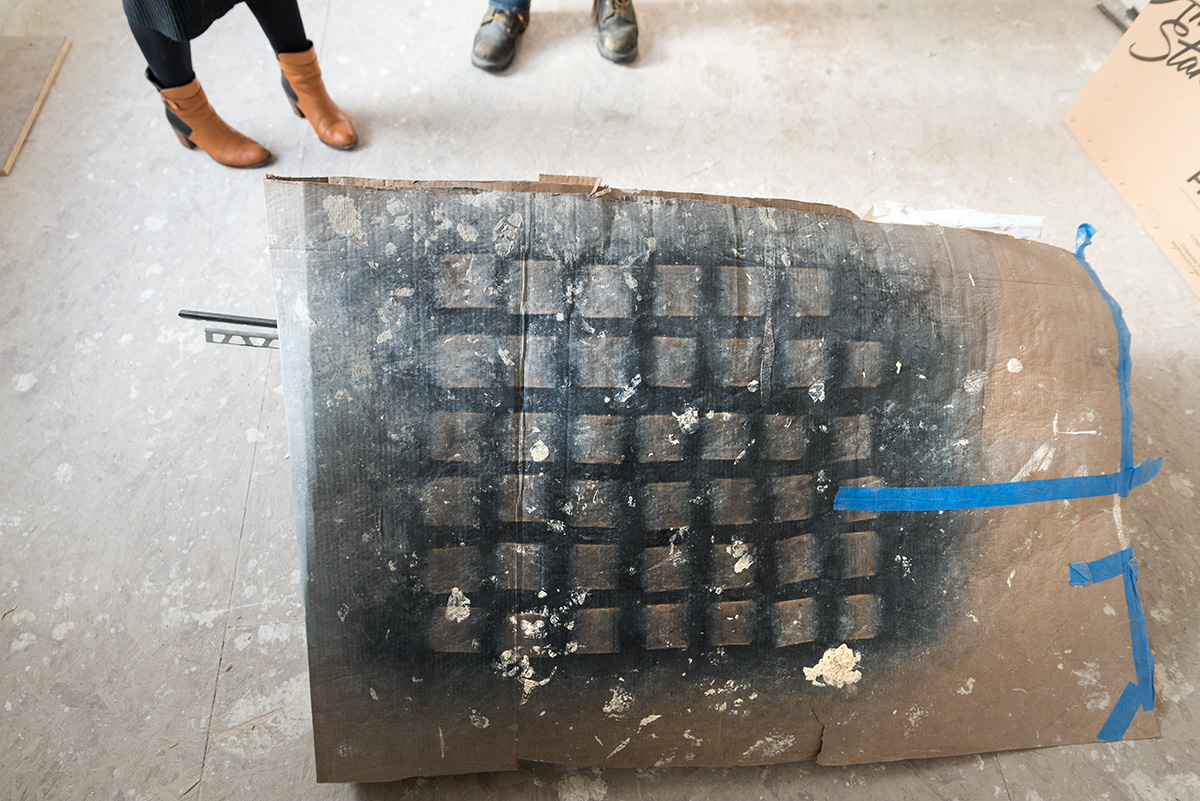 Would you say that you’re letting the house’s identity emerge on its own, rather than being designer driven?
Would you say that you’re letting the house’s identity emerge on its own, rather than being designer driven?
Absolutely, that’s a good way to put it.
That’s admirable—what are the lenses you’re seeing it through?
Mostly architectural, it’s a little bit of an unusual architectural project because we acted first as archaeologists and then general contractors as we dismantled parts of the house piece by piece. It’s [uncommon] for an architect to have that kind of access to a building. Usually, we’re field measuring buildings and planning the overall design concept to work together. We had to come up with a priority list of elements— structural components and spaces that we decided were important to telling the story of the house. Everything else had to be functional.
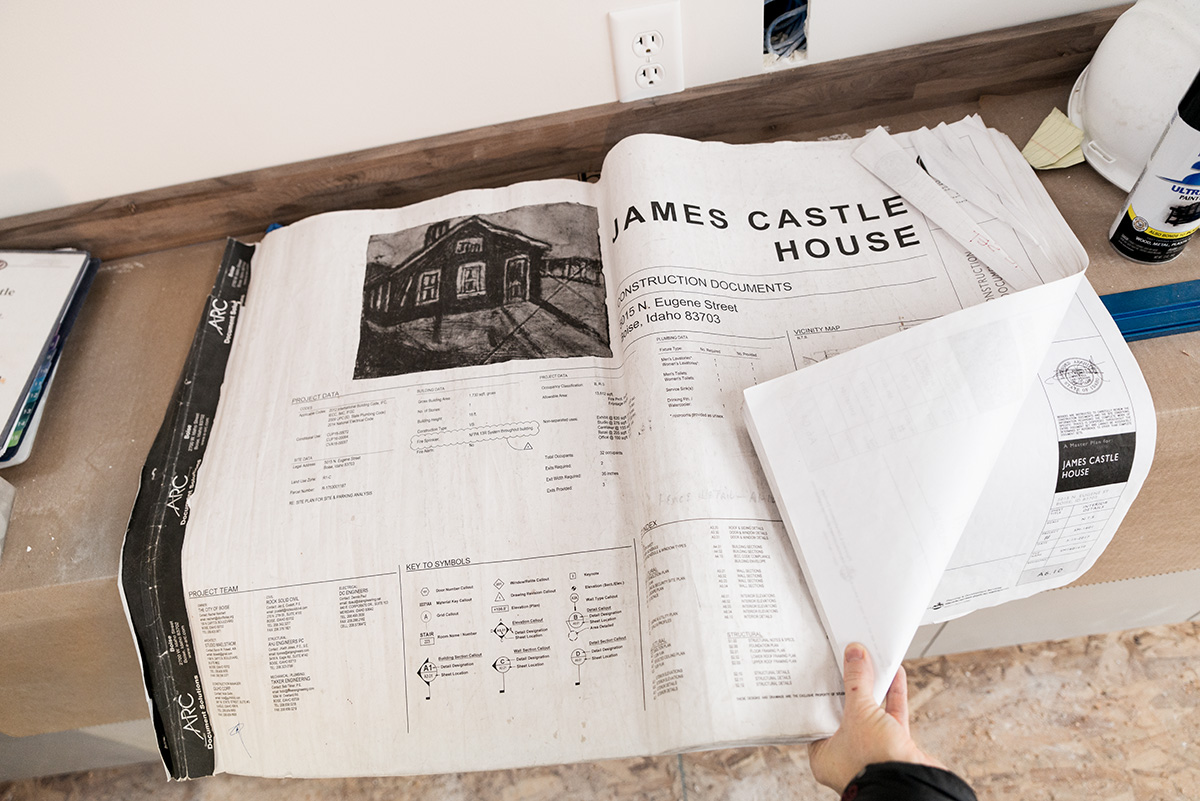 You have an intimate knowledge of the house, having taking it apart bit by bit, then building it back up, that’s pretty special.
You have an intimate knowledge of the house, having taking it apart bit by bit, then building it back up, that’s pretty special.
We’ve had the opportunity to see the living spaces of James Castle as close to directly after his presence as possible. There were some uninterrupted spaces that were difficult to find; wall cavities and holes and nooks and crannies that, in all likelihood, no one had seen since he had seen it.
Going back to your unique experience, it’s pretty rare for, say, an art patron or a gallery director to have the chance to come to the artist’s home and sit in the house and watch the shadows change as the sun moves across the sky. You must have had some quiet moments there?
We sort of fell in love with the house. I hate to feel too emotional about it, but it became something we are very entangled with, professionally and personally. There’s a lot of off-the-clock kind of [thoughts] swimming around in our minds about the experiences that we’re having on site.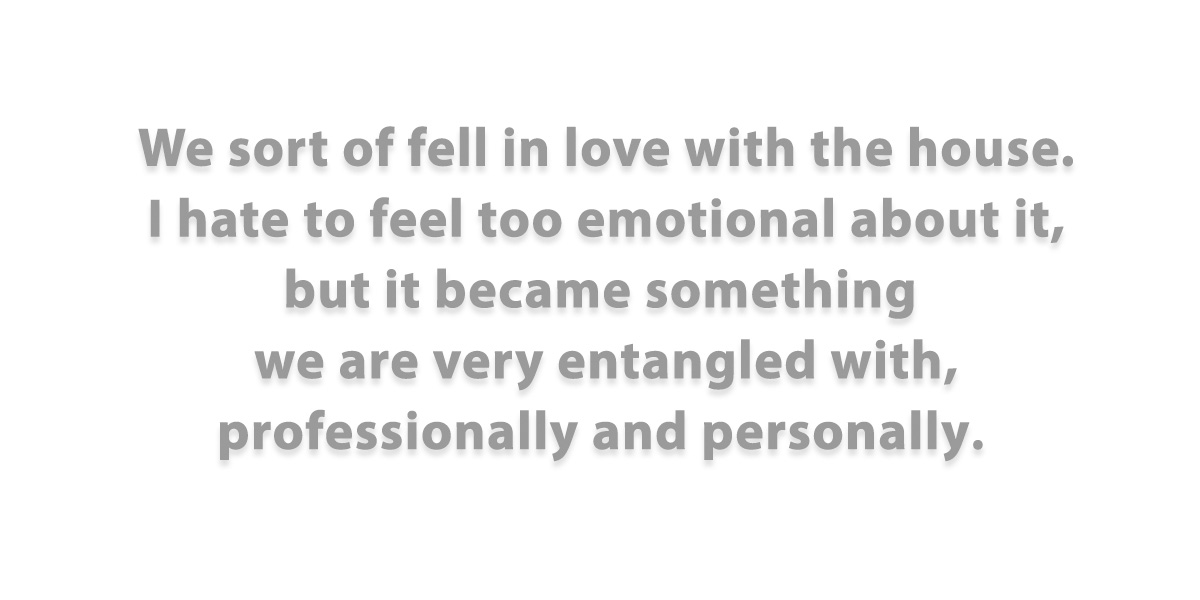
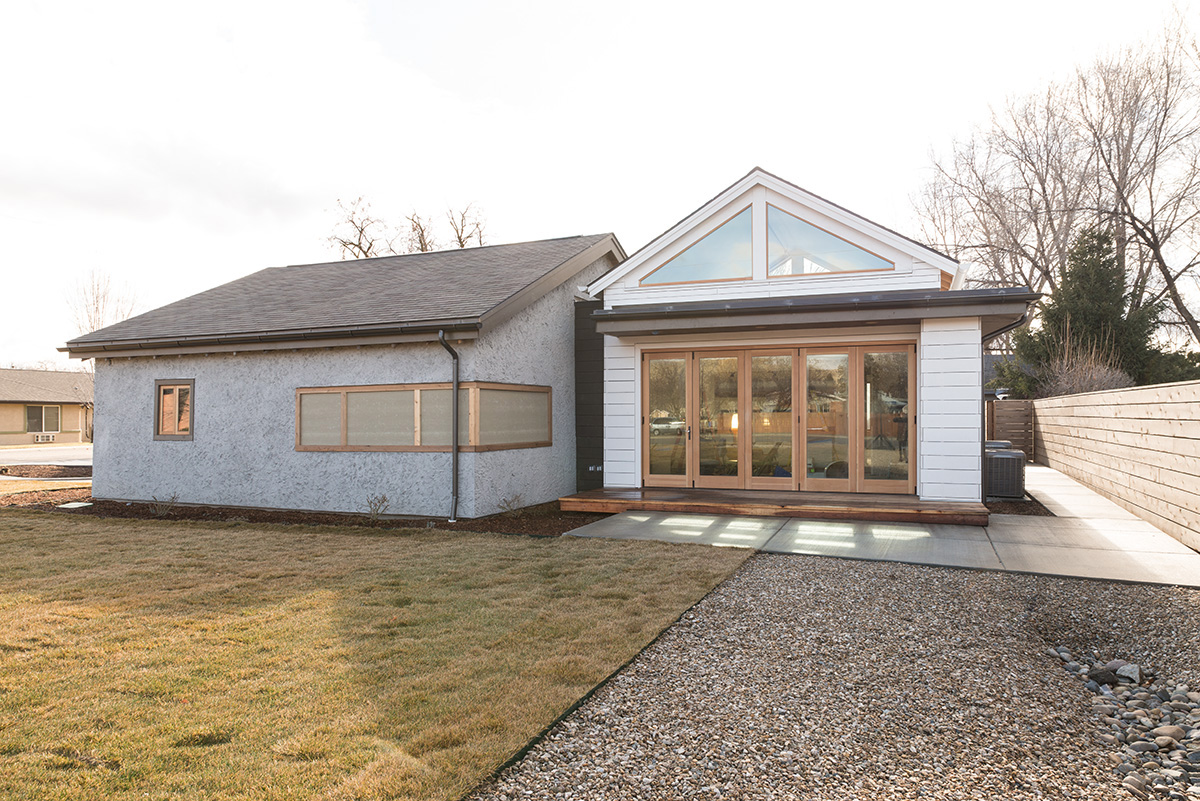 Does your subconscious keep churning on it?
Does your subconscious keep churning on it?
RR: Byron and I talk about this sometimes: I have a reoccurring dream of space, and I dreamed about this space in all of its versions and manipulations for the last three years, we realized we both have had this reoccurring dream our whole life, of space and spatial manipulation and discoveries of space. And the Castle House has been consistently [laughter] in my dreams for three years.
BF: That’s been an unusual component of the project, too—because of the really, really small spaces that Castle lived in—in some ways the shed is uncomfortably small—the only other thing I can compare it to is when I was a kid and we would make forts or we had a little shed in the backyard that was sort of our space. You spend a lot of time in a small space and your brain starts to push the walls out where it becomes a bigger space over time. Psychologically, you kind of either shrink yourself or the building gets bigger.
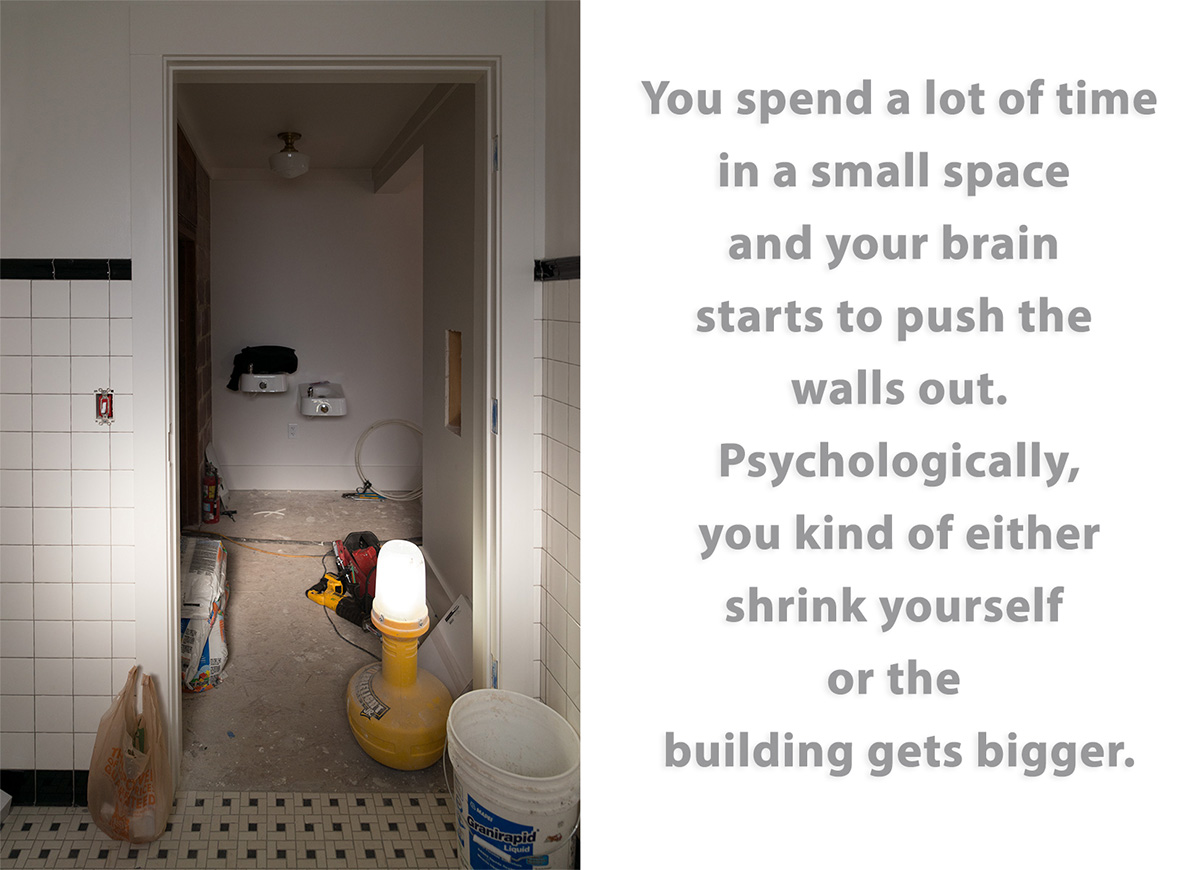 Yes! Wow, that makes me long for childhood. I can understand that feeling of space, but I can’t remember it.
Yes! Wow, that makes me long for childhood. I can understand that feeling of space, but I can’t remember it.
And you would think it would be the opposite: the more familiar the space, the tighter it would be. But it’s the opposite effect.
The way you described the dream of spaces made me think it’s like a Rubik’s cube of time and spaces being turned and twisted and reassembled over and over again.
Yes, yes, yes.
The City of Boise paid two hundred thousand for the property. At this point in time, 2018, real estate prices are incredibly high, do you feel like you got a steal?
I think so. Technically—[considering] the cultural value of the site, it was a steal then as well. It might be hard for folks in the real estate world or any practical engineering world to see the cultural value of that site. I had a conversation with an insurance agent about insuring the Cozy Cottage Trailer [dwelling where Castle worked]—
Not as a living space?
Exactly. Its replacement value. If the Cozy Cottage Trailer were to have burned down in the storage facility, it was valued at, like, fifteen thousand. So, cultural value is everything.
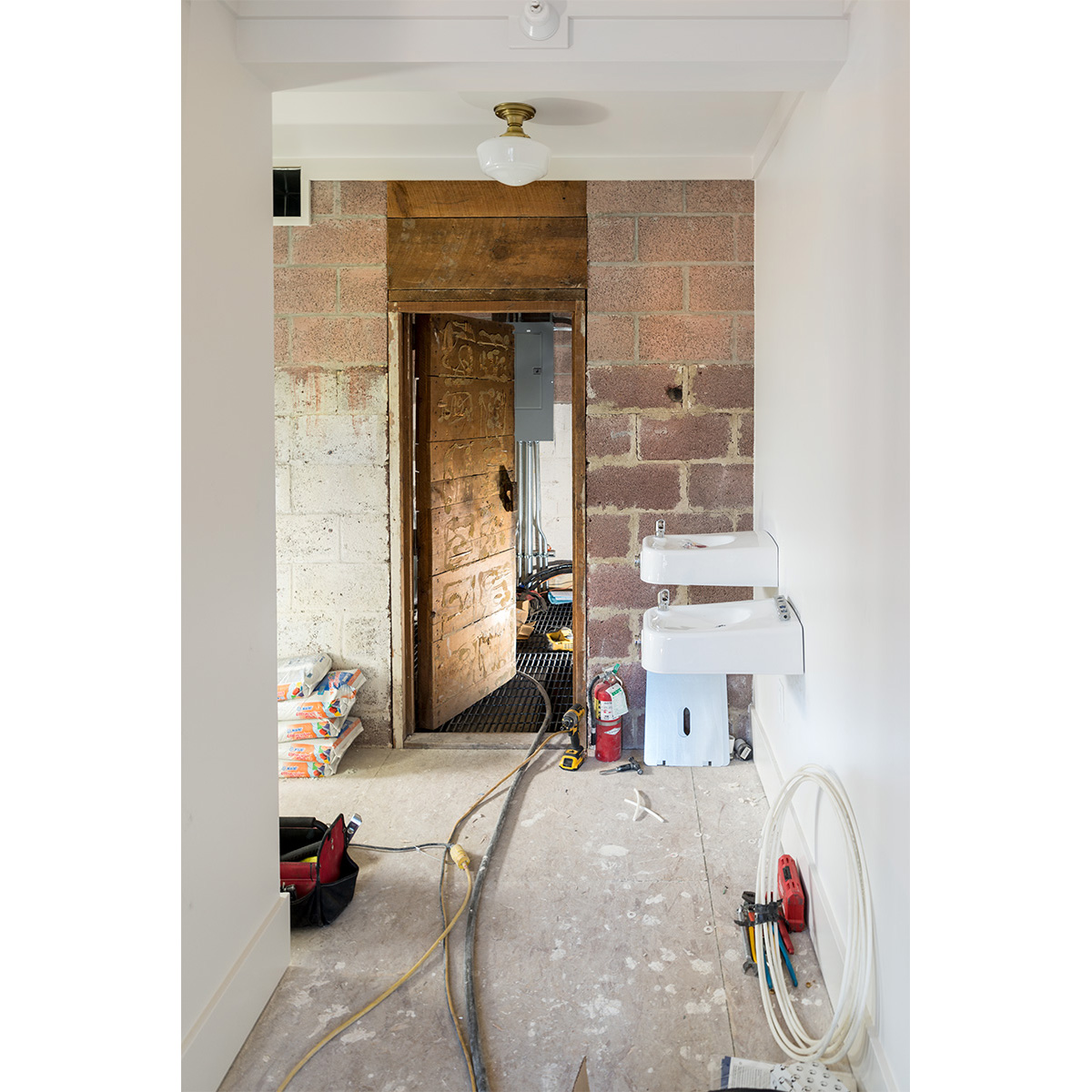
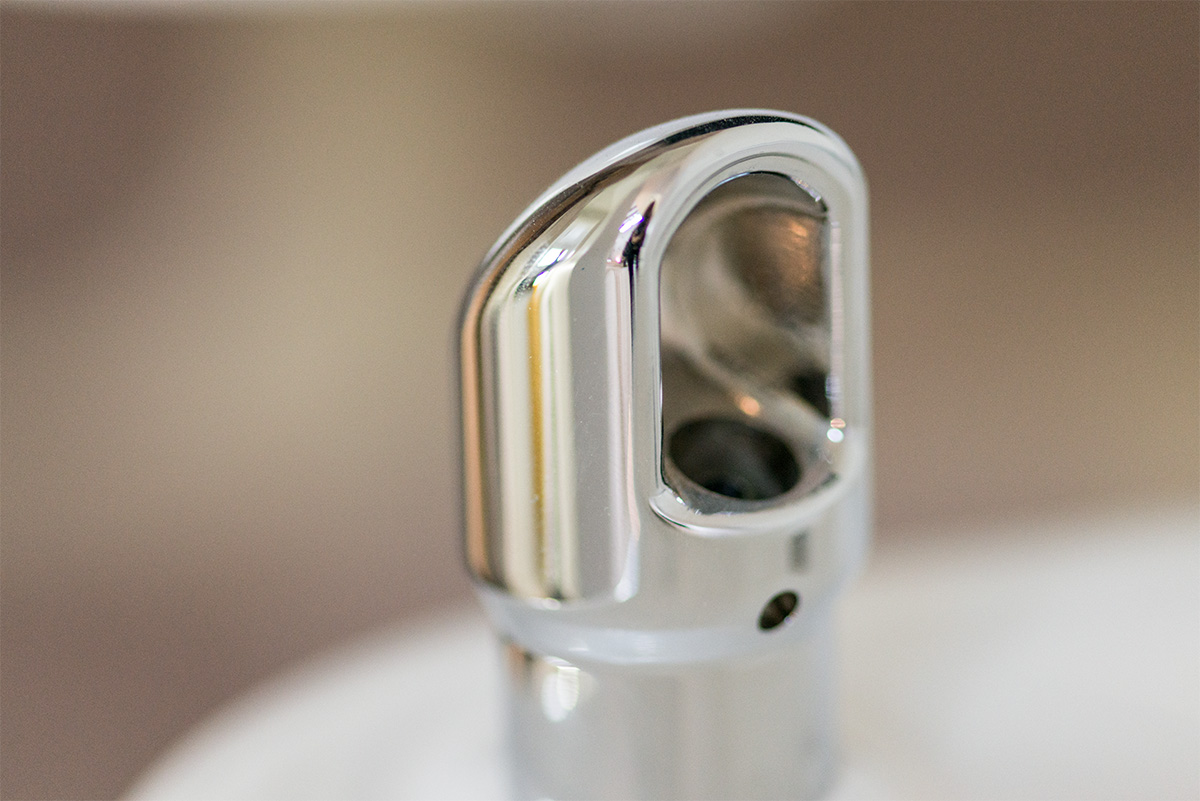 Well, fifteen thousand can’t get you another James Castle work space. So that’s a bit of a conundrum.
Well, fifteen thousand can’t get you another James Castle work space. So that’s a bit of a conundrum.
Exactly.
I saw your schedule for construction and it gave me a panic attack, it’s so extensive. And that doesn’t include the time when you first stepped into the house and began taking inventory.
Talk about the kind of scrutiny we had— with almost every board in the house and agonizing over how to show it and how to best—I have to be a little bit careful using the loaded word “preserve,” but saving it, and you always have to make those weird decisions when you’re deciding what to save.
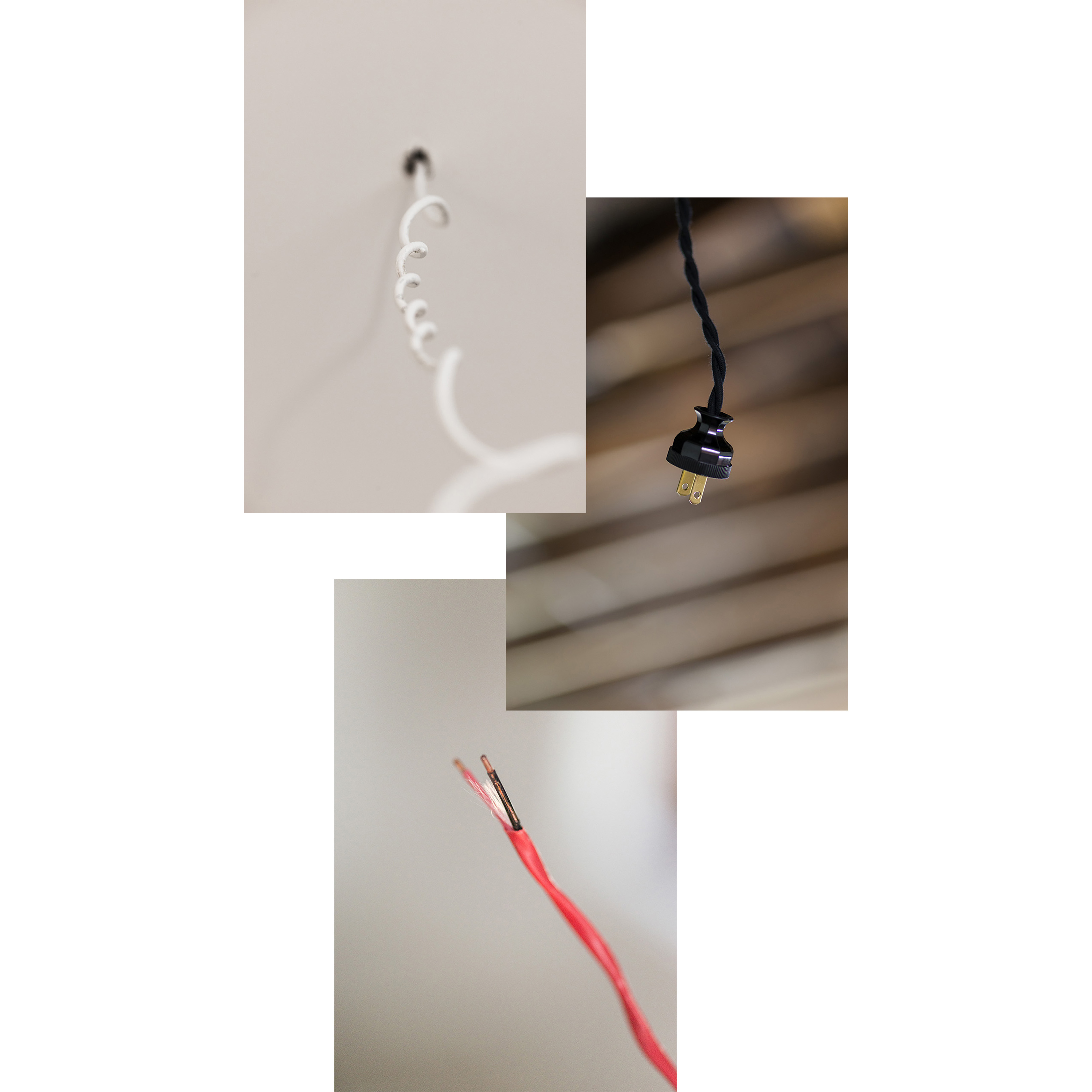 That’s really hard. Because there are things that, once you let go, don’t come back.
That’s really hard. Because there are things that, once you let go, don’t come back.
Those hard choices were pretty agonizing. There are [outside] forces that control one decision or another, and we tried not to make any permanent decisions. Almost everything inside the building—even though it’s almost complete and it’s weird to think about—can be dismantled and [taken] back down to the bones of the walls.
Have you had to track down any special or unusual pieces for reproduction?
There’s a drawing we found that Castle did of the kitchen, and it had a 1930’s Kohler porcelain enamel wall-mount sink with a left drain basin, and we found it on eBay and had it shipped here. Our contractors hate us because it’s more complicated [to install.]
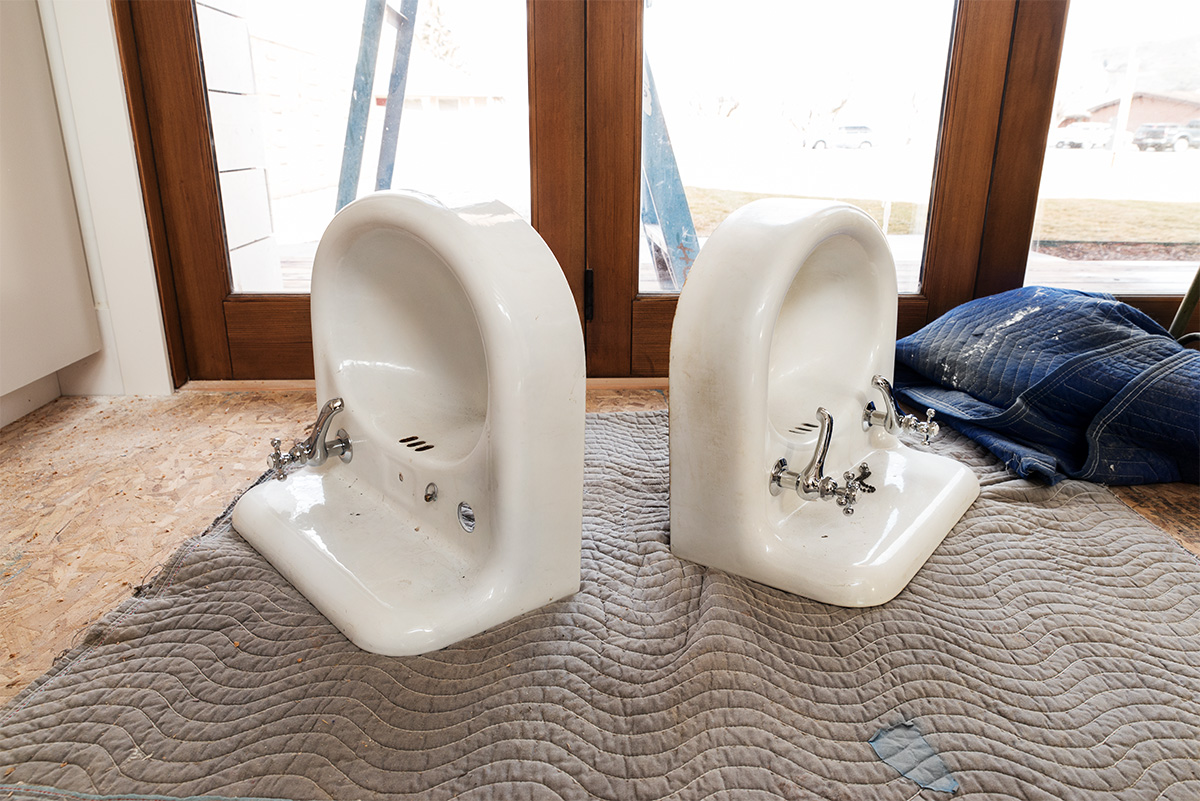
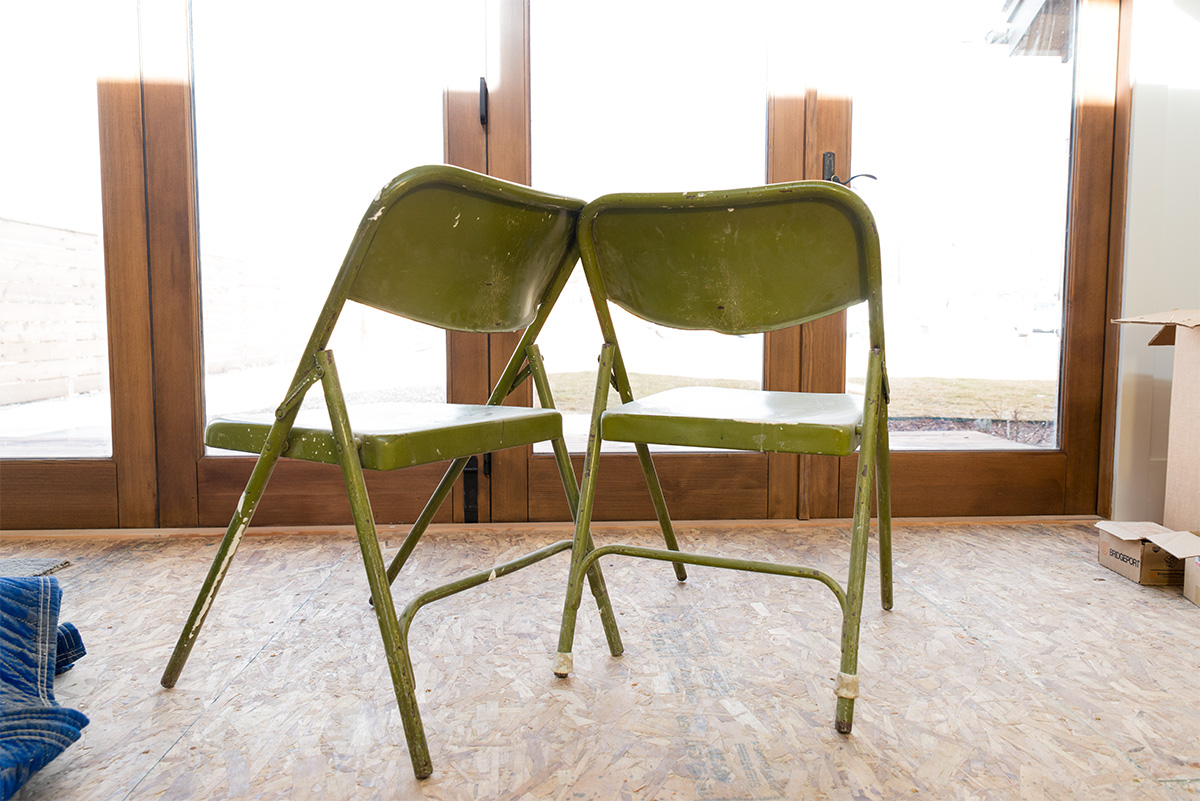 So there are some things that you had to bring back to the house, but some things will be original?
So there are some things that you had to bring back to the house, but some things will be original?
One pivotal early decision we made was to build a roof much in the same way that version number four of the house was overbuilt with a roof. We overbuilt another roof on top of that in order to get to the skeletal portions of all of the build history of the house, and those were untouched. Those are remnants from a time period we could say were authentic, and they really are. It helped us make the most of what we had— we don’t have anything authentic in the living space anymore, but we do in the attic space [above it] and we can showcase that.
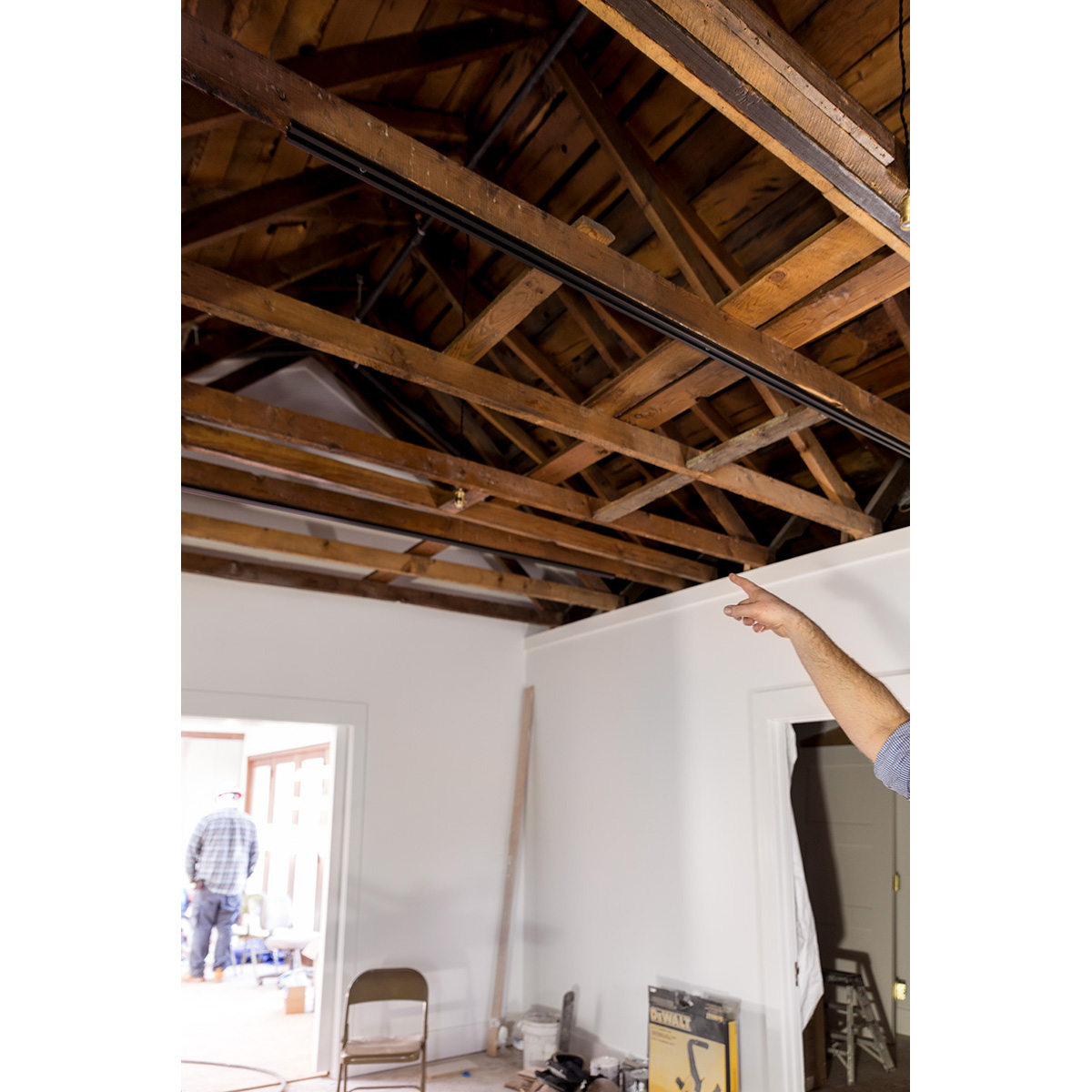 Something old and something new?
Something old and something new?
We were really concerned about coming into the Castle House and putting a veneer of new material everywhere. [We value] the ability to expose some of that nice patina-ed wood and reuse the hardwood flooring and reproductions of the original wood windows. The antique pieces that we’re bringing in really tone down that [new] shine a little bit.
That’s where the Bourgeois house helped you with a vision, that it doesn’t have to be polished or contemporary; it can have the feel of walking into a different era. I want to hear if you had some sleepless nights thinking about this house—is it the Smithsonian that just collected about fifty of Castle’s works?
Yes.
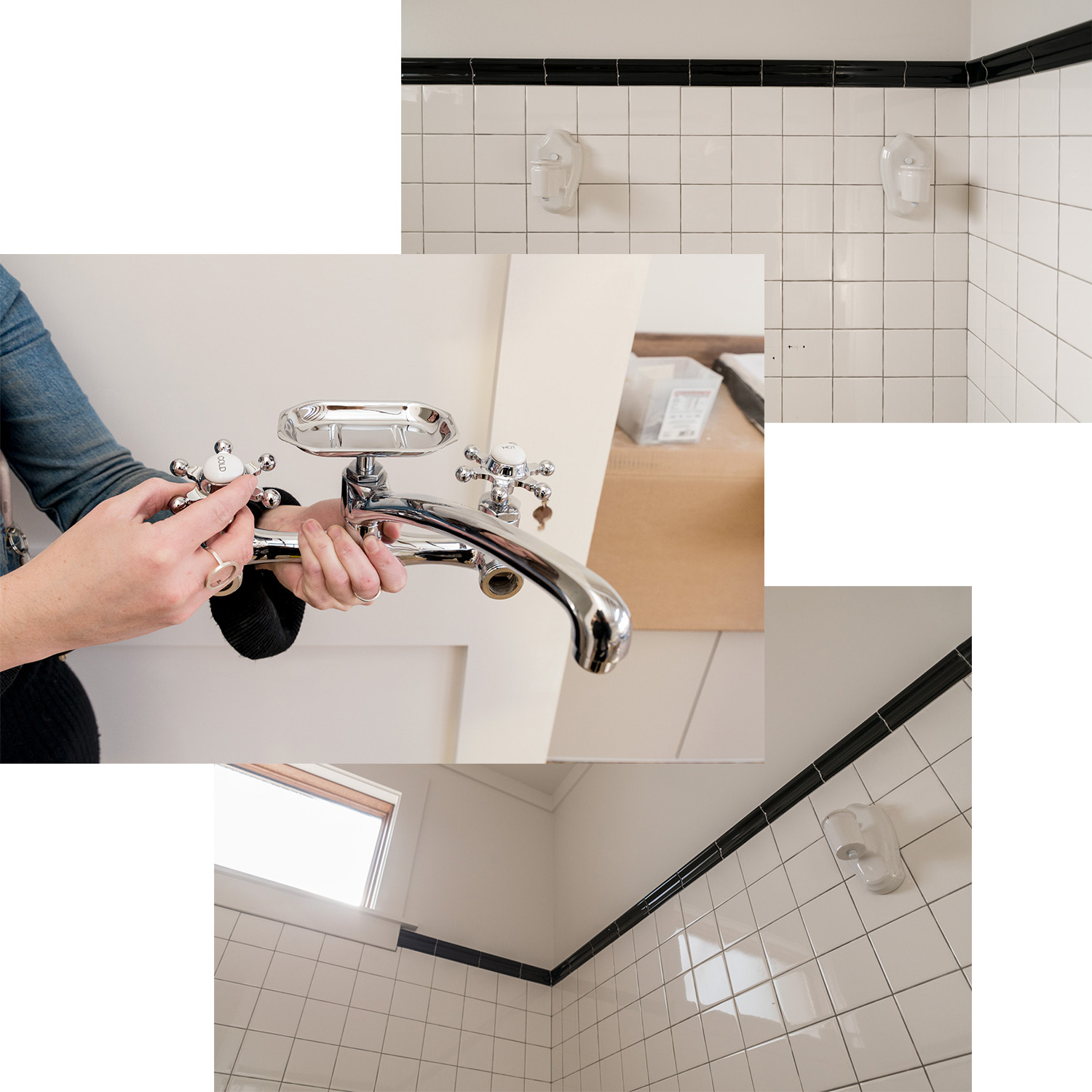 I imagine that in my nightmares, someone from the Smithsonian would come and see what I did with the house [laughs] and be disappointed. I don’t know if your nightmares are anything like that.
I imagine that in my nightmares, someone from the Smithsonian would come and see what I did with the house [laughs] and be disappointed. I don’t know if your nightmares are anything like that.
BF: Oh, yeah, for sure. I’m very fortunate to be working on the project, first of all, so that’s always kind of the base line of how I’m feeling about the project. I’m always wanting to do right by the charge that I’ve been given, and I’ve had to rely on the culture of criticism and critique that we trained under in architectural school, which is incredibly harsh.
I can imagine.
BF: Critiques—are brutal. After going through a few of those, you don’t tend to put forward a project that you have a lot of an emotional investment in. You put forward a project that is defensible. I’m always the legalistic sort of person, finding out where our defenses are. When we make a choice, we’re making a choice based on a set of critical standards: are we able to demonstrate that we made this choice consciously and it wasn’t done—you know, in the architectural world, if you do something purely for beauty, as long as you’re within the historically appropriate time period, you’re fine, but if you’re in the modern world, then your aesthetic element really needs to be married up with something functional.
That’s the post-modern mindset right there. It’s like we’re obsessed with not being obsessed with beauty.
BF: [Laughs] Well, but, beauty is arbitrary. I don’t want to get too philosophical here. If we develop an aesthetic that we’re trying to marry up to James Castle’s aesthetic, then we are in some ways putting ourselves forward as experts on him and the interpretation of his work, which we do not want to do. Instead we are making choices that have to do with factors outside of pure aesthetics and commentary on his work— there are hundreds and thousands of design choices for anybody who’s ever done a building project— I am inclined to find a defensive position for almost everything, down to the hinges.
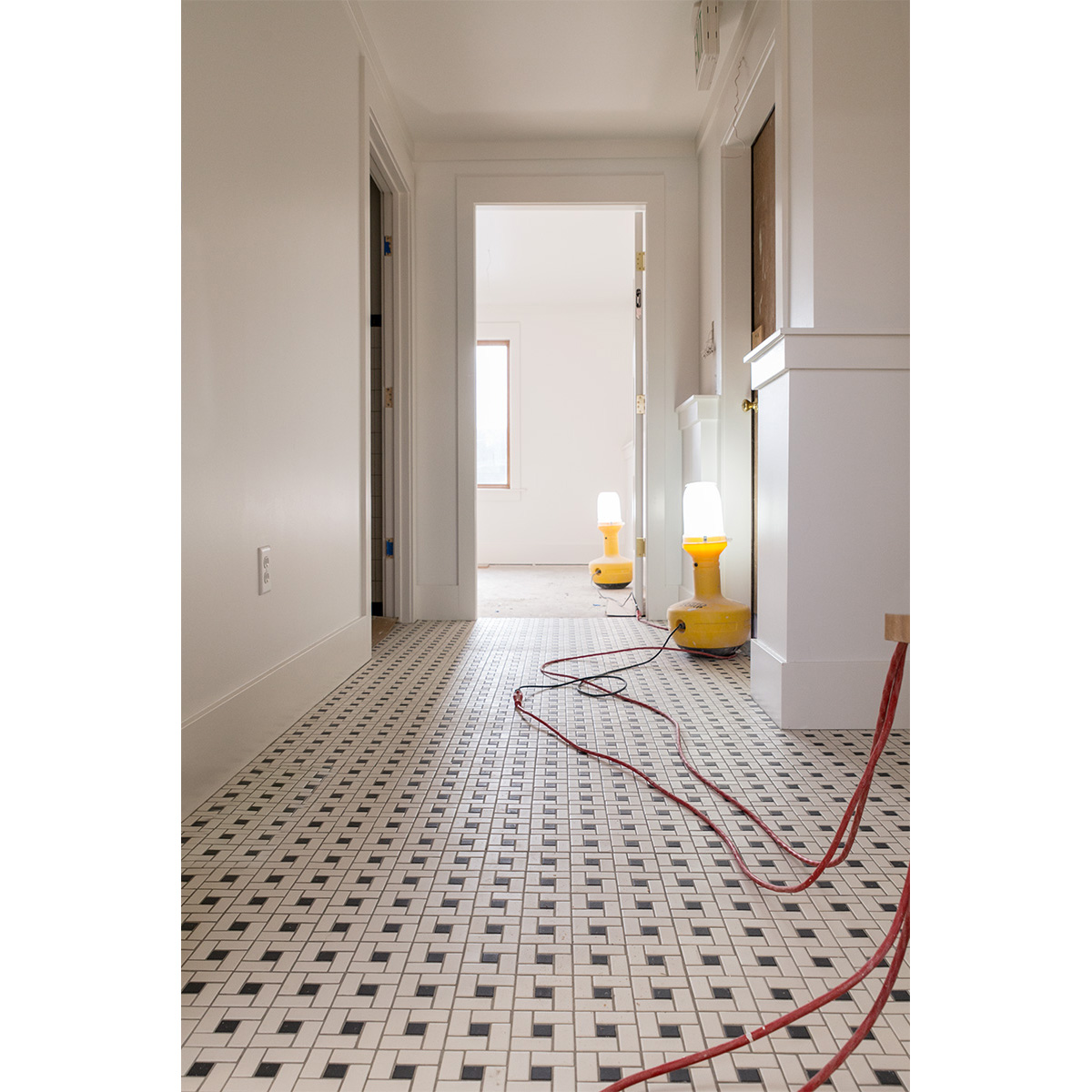 Does it give you flashbacks to critiques?
Does it give you flashbacks to critiques?
BF: Definitely, oh, yeah, and so that’s what helps me sleep at night. [Laughter] Honestly, it’s a weird thing to say, but I’m lucky enough to be an architect on a project that can be scrutinized as such. I’m not working on an office—a vanilla office building where no one cares— So, I definitely wanted to rely on the most stable base that I have [laughter], which is—
RR: Being defensible?
BF: Defensible design.
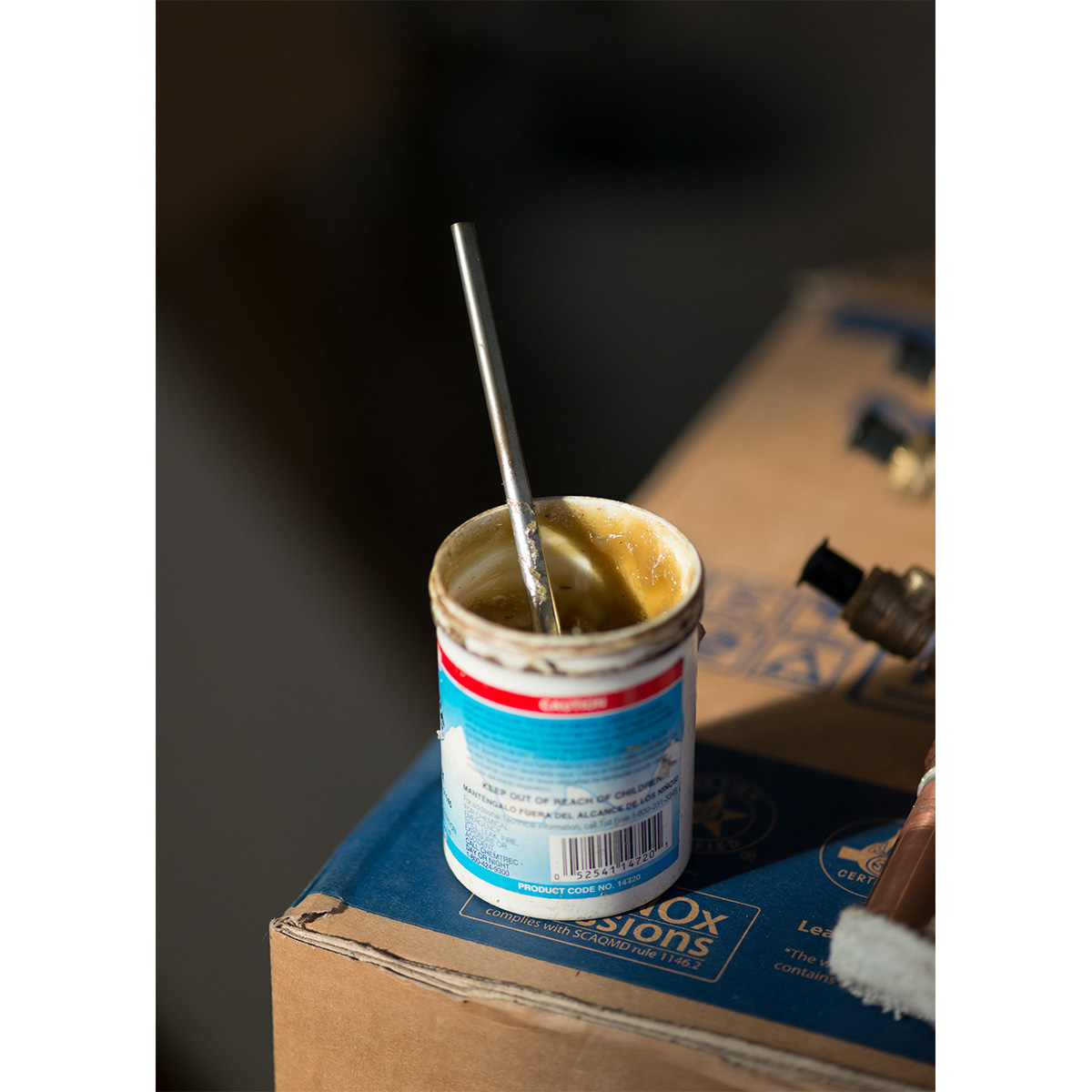 That makes a lot of sense. Rachel, how would you feel if I called you the Leslie Knope of the Castle House? [laughter]
That makes a lot of sense. Rachel, how would you feel if I called you the Leslie Knope of the Castle House? [laughter]
I’m actually okay with that, because I’ve been called the Leslie Knope of Arts and History.
I’m somehow not surprised. [laughter] Who initiated the purchase of the Castle House?
The Arts and History Department. Terri Schorzman was the reason this happened. She worked with internal staff and volunteers to directly approach the previous owner and negotiate the sale.
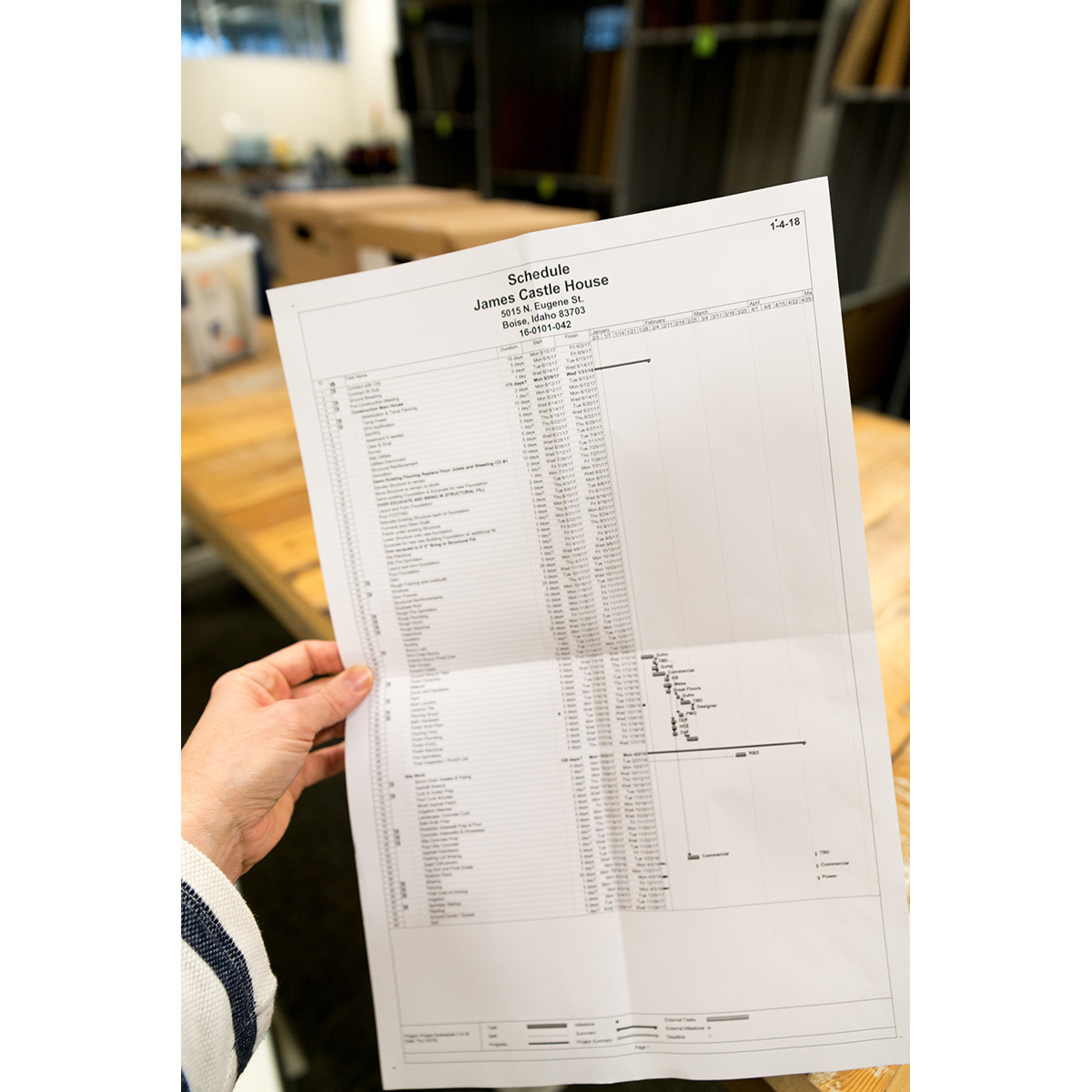 Do you think she was one step ahead of everybody else?
Do you think she was one step ahead of everybody else?
Terri? Oh, for sure, yeah. Terri was trying to save the shed originally. There was a stakeholder group that was also interested in the trailer. I don’t know exactly how many institutions were interested in the trailer, but I know there were multiple, including the Kohler Arts Center and potentially the Smithsonian, I’m not sure.
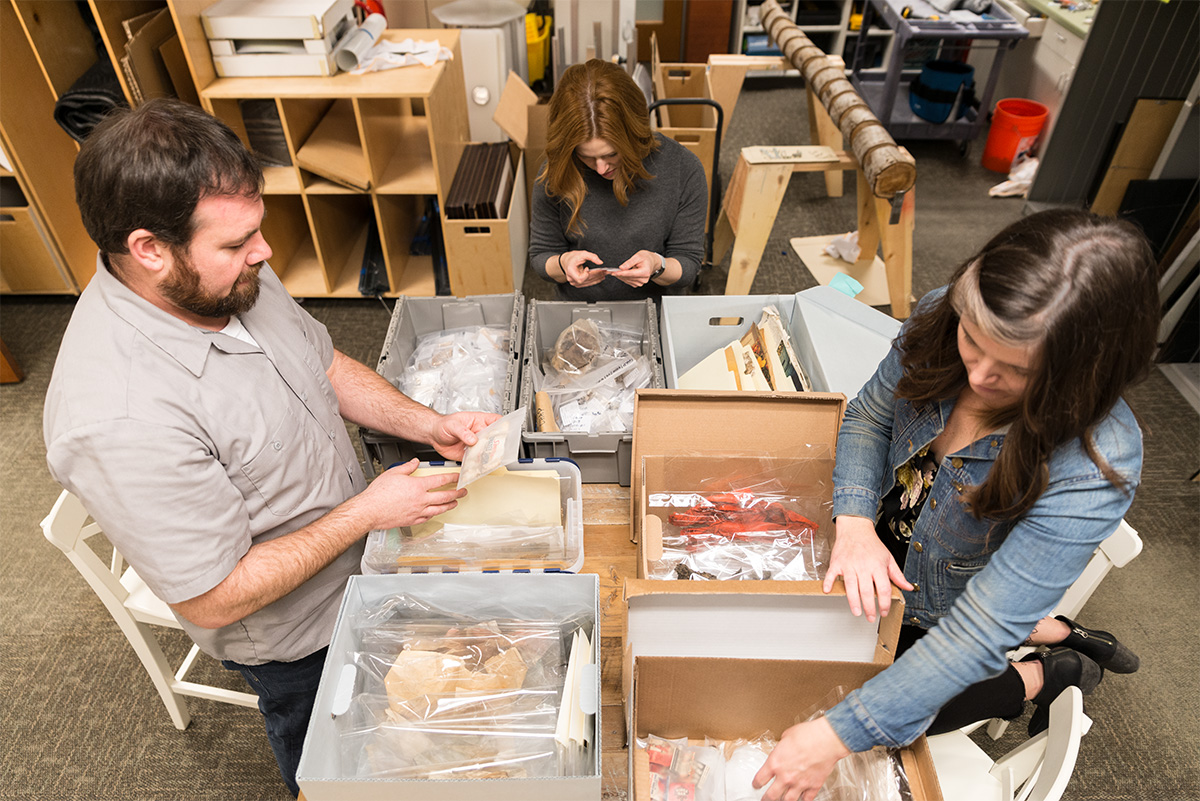 I think—Boise State?
I think—Boise State?
Boise State, yeah. There was quite a line for that trailer. And in my opinion I think that all the stars aligned because— It’s the right thing to do for the overall James Castle House, we will eventually see the environment put back in its entirety.
The trailer will be on site?
It will be. The trailer and the shed far surpass the expertise of the City in terms of how we manage those into the future, and that would likely have been the challenge of Boise State, too.
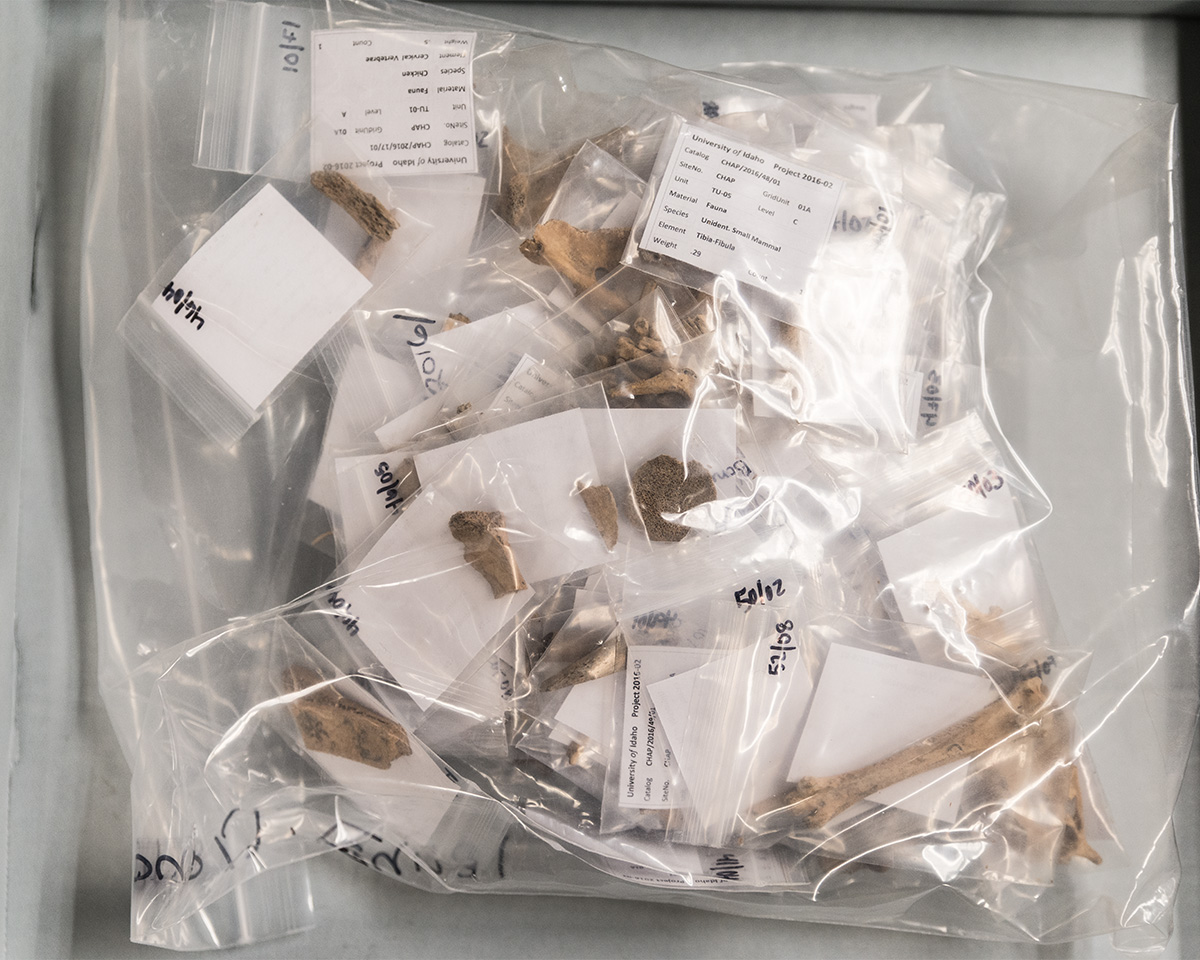 Is that because you’re not going to put the trailer back out in the elements, as it was designed to be?
Is that because you’re not going to put the trailer back out in the elements, as it was designed to be?
Correct. In our minds, the trailer and the shed transcend architecture and move into the artifact world and nobody internally has any clue how complicated it really is. The [trailer and shed] need their own dedicated three years to figure out what’s next.
What’s the worst-case scenario that could have happened to this property?
The worst-case scenario is that the City didn’t buy it, nobody else buys it. I’ve met some neighbors who were at times eyeing it as a development site. Very likely that site could have been bulldozed and turned into affordable housing or condos. It’s a nice, splittable lot.
I know some developers that would have jumped to flatten that.
It would have been really sad. Usually the foundation that manages the artwork also manages the site(s), but I think it’s actually better for us, even though it’s been a painful process, to be a government-run organization, because we have the ability to secure it for the future. We’re not bound by fund-raising. We’re not bound by donors. We’re not bound by the sale of work.
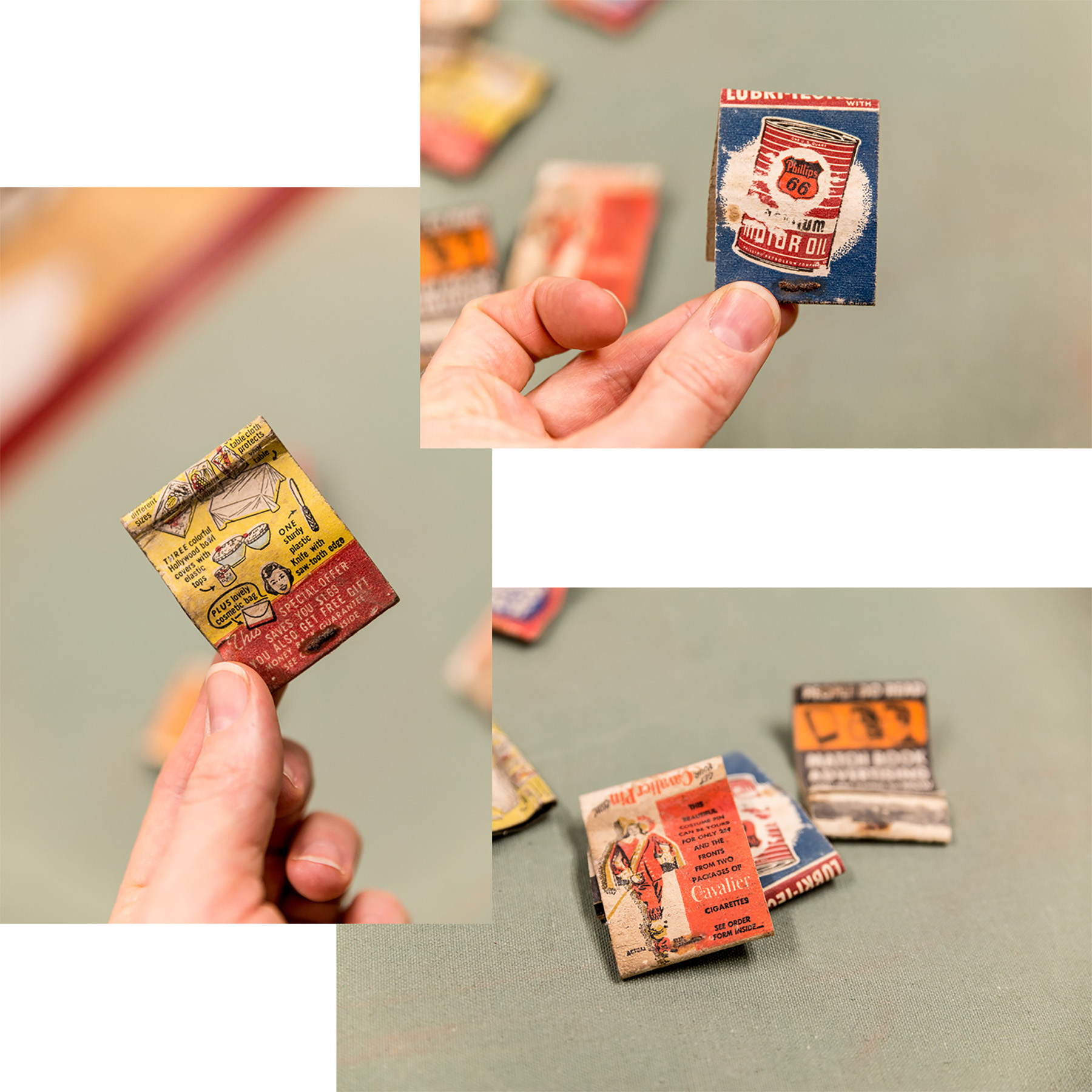 I have to say, I’m impressed with your work here.
I have to say, I’m impressed with your work here.
Thank you. And for the future, this project was a trial run for other historic sites; working through the City processes, understanding where all the holes and the challenges are, and understanding our contractors and the workforce around preservation and historic properties. All that was a good experience for us to test the waters, to see where we’re at as a community. But ultimately the commercial side of the project was expensive, because of the requirements for a public facility, like fire sprinklers, accessibility, extra public restrooms—
That makes me think ahead: this can be off record: does the department have their eye on their next similar project?
It’s the Erma Hayman house.
Okay, what’s the one after that? [Laughter]
I have all kinds of ideas, but it’s not City. We have wish lists.
I want to hear just a couple things and we don’t have to publish it, but what’s on your wish list?
I would love the [REDACTED] house.
Where is that?
RR: It’s up off of [REDACTED]. It’s a beautiful example of mid-Century Japanese architecture. It’s super-minimal. It’s beautiful. Byron has his wish—what’s on the top of your wish list?
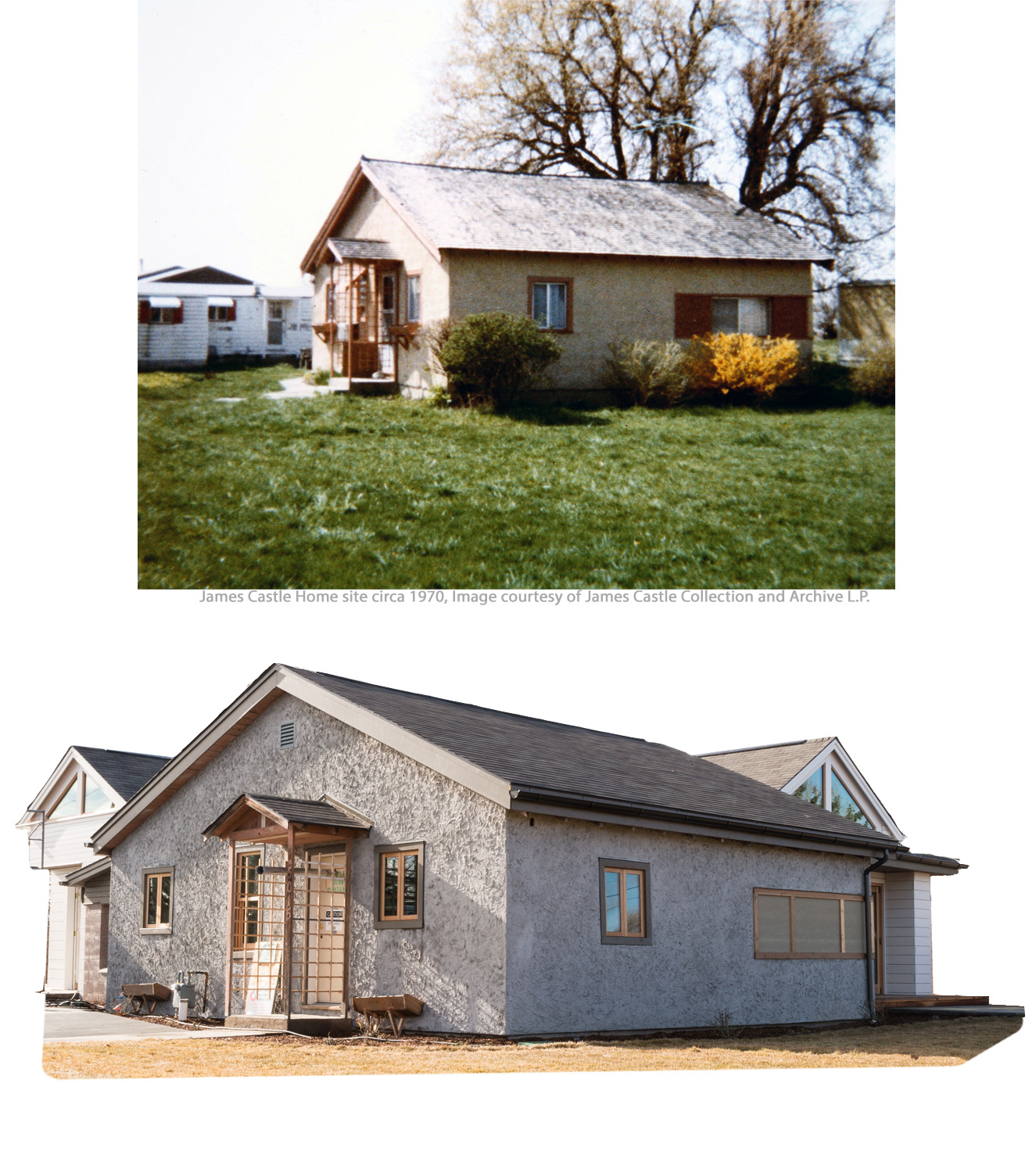
BF: Oh, I don’t know if I can prioritize any of them.
RR: I know which one is, though. Do you want me to remind you?
BF: Please tell me.
RR: The [REDACTED] house.
BF: Yeah. No, I haven’t made any groundwork on that at all. That would completely be based on any interest [REDACTED] has in revisiting his hometown—one of his hometowns.
RR: This is just, like, a fantasy world.
BF: A fantasy world, number one list.
RR: My other fantasy house, which is not in Boise, it’s not even a house, but—the Kienholz School in [Northern Idaho.] Ed Kienholz is a conceptual installation artist. He was not permanently living in Idaho but he had an old, probably turn-of-the-last-century three-story school house that would become the studio and the place of residence for all of his international artist friends that would come and they would, you know, work and spend summers there.
Kind of like the Atlanta School? [Artist residence program in Atlanta, Idaho]
Kind of, yeah.
Earlier, you mentioned the Atlanta style of preservation. What is that in a nutshell?
I think it applies to all of the people who are saving buildings up there, I think artists or creatives who apply themselves through the lens of preservation end up with a more interesting, dynamic, and unusual space, giving the visitor a deeper experience in the end. It’s just a new and different approach to historic preservation. They are recreating the interiors based on their understanding of the history of that space, and they have the lightest possible touch to save those buildings, which means an ongoing maintenance plan. Byron and I made the perfect team in that regard. I applied my creative vision to the house and he grounded it in reality.
Well, what about budget? Does that come into play— when you talk about people in Atlanta up there in the mountains east of Idaho City, are they working on their own dollar?
Absolutely. Lightest possible touch on that as well. [Laughter] Lots of reclaimed materials. I think that’s an interesting comparison, because we have this commercial world that we’re bound in and they have the opposite end of the spectrum. You’ve got these buildings that are three hours for a city inspector to get to, so you can do whatever you want to do in terms of repairing.
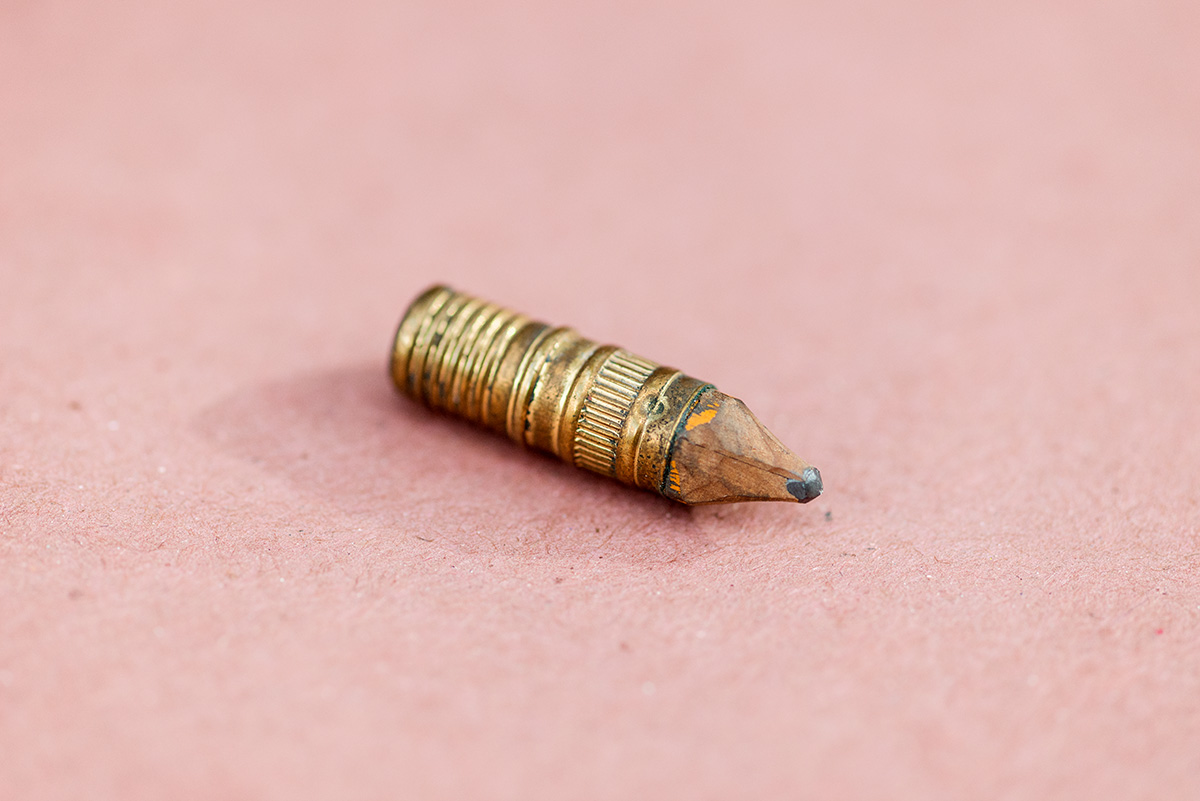
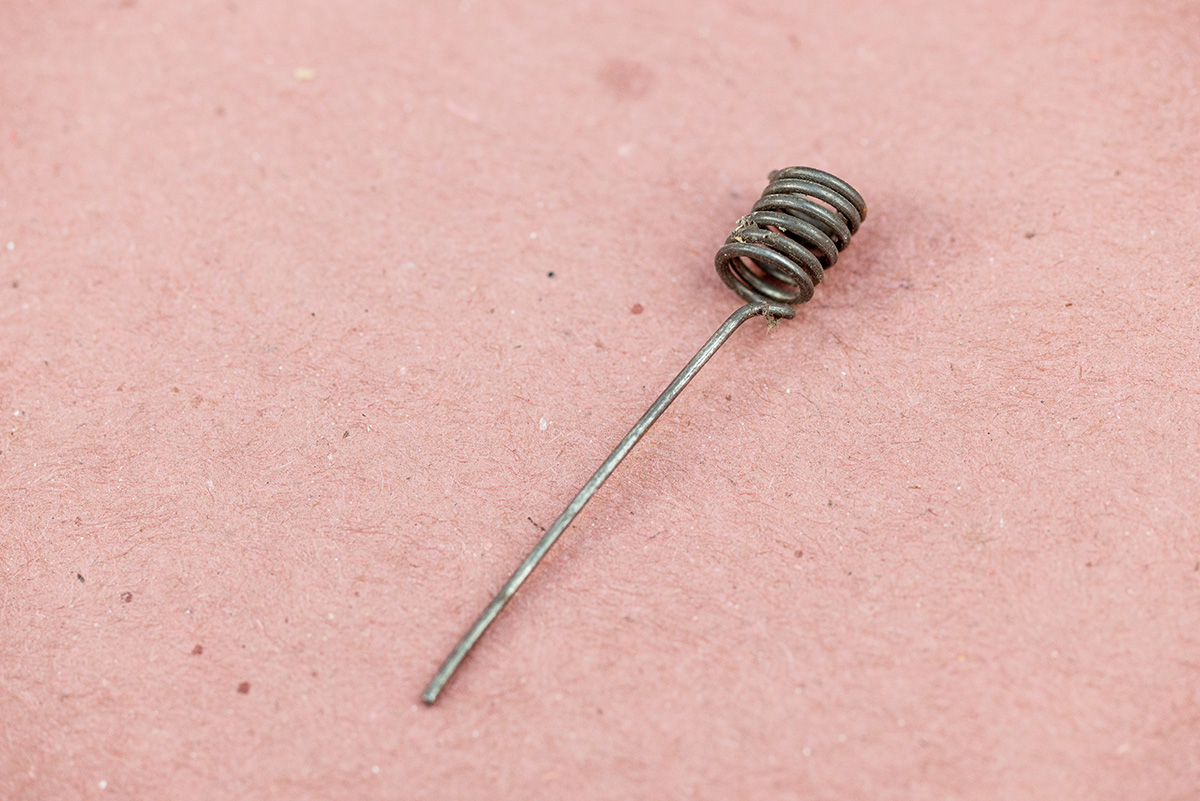
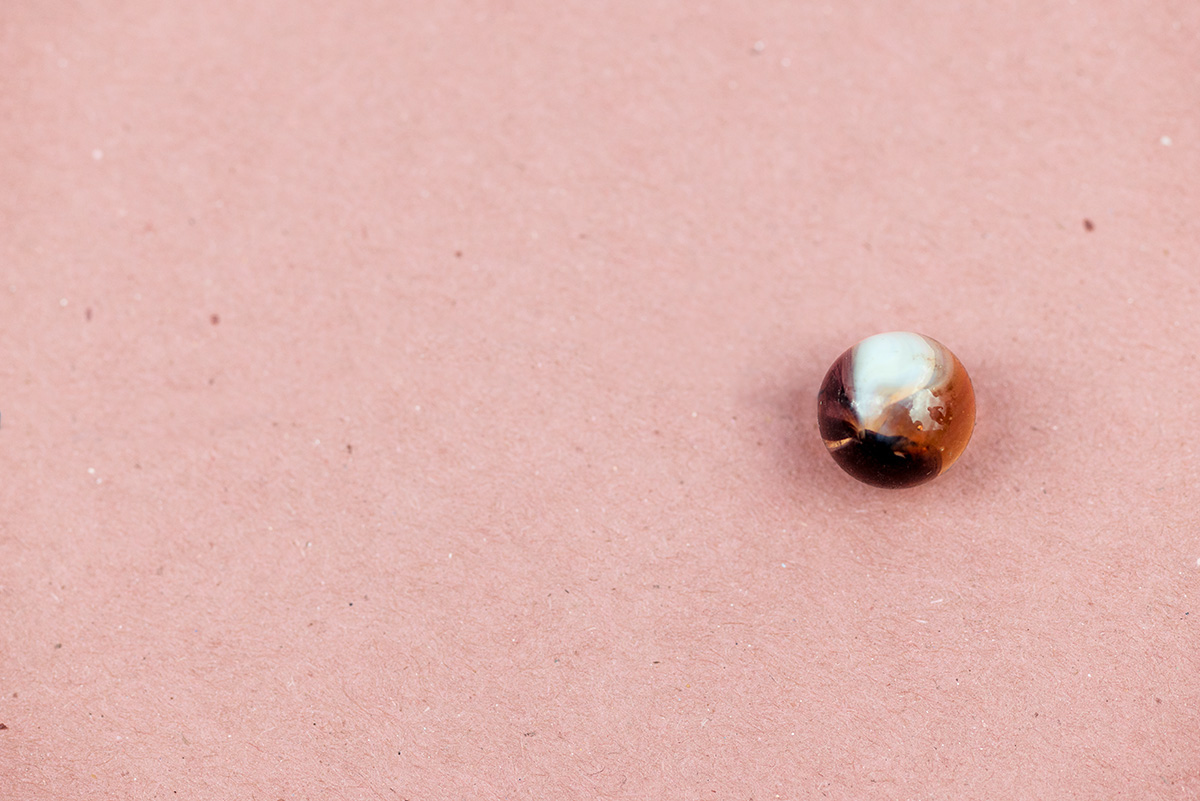

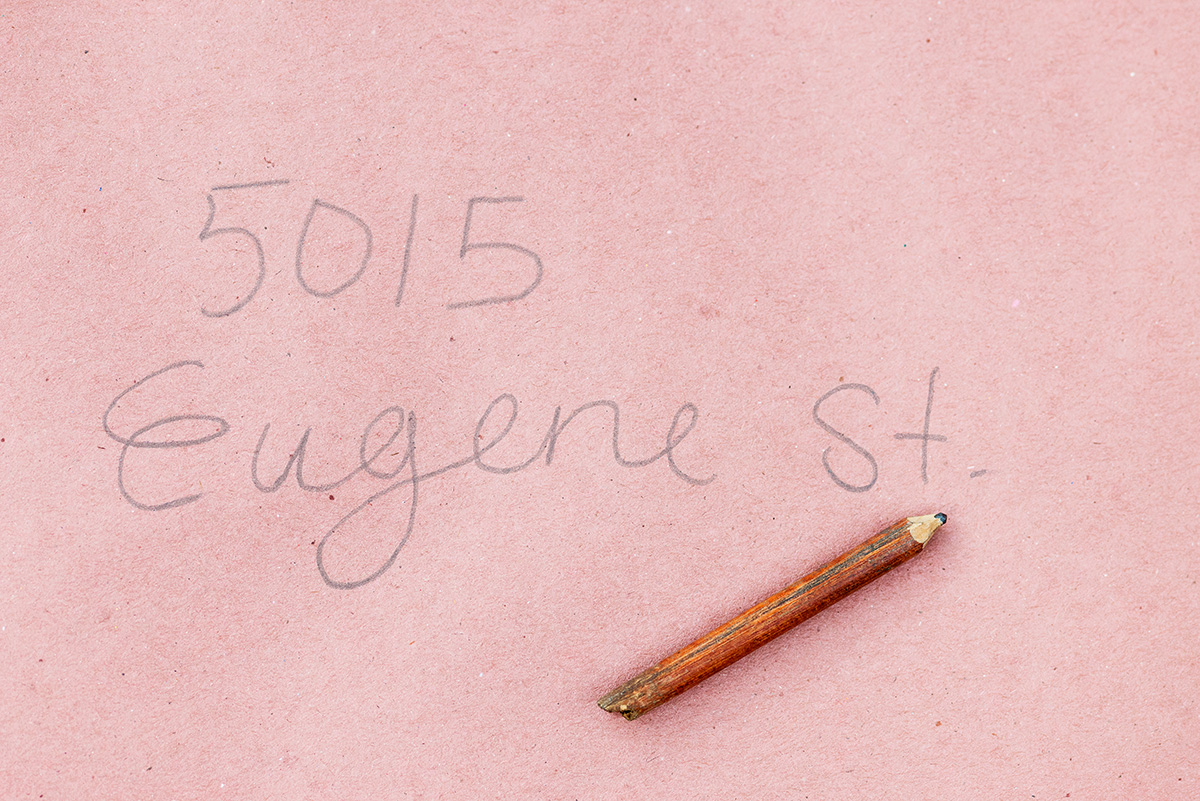 There’s much more freedom when you’re off the beaten path like that. You were talking earlier about not wanting to project your own sensibilities onto the project and letting it emerge of its own accord made me wonder if [laughs] we should have the house here to answer questions. What would the house say?
There’s much more freedom when you’re off the beaten path like that. You were talking earlier about not wanting to project your own sensibilities onto the project and letting it emerge of its own accord made me wonder if [laughs] we should have the house here to answer questions. What would the house say?
I worked with two artists during this time—Jason Appelman and Troy Passey, they would come in and share in this emotional conversation about space. The wall cavities, underneath the floor, the ceiling joists, you know, we’d have beautiful conversations about this house. It’s culminating in a book, and we’ll be publishing it soon. Jason writes as the house, I think he actually articulates it better; he talks about the evolution of space, he talks about bees humming. He creates a visual about bees moving in and out. Mice eating at the electrical wiring. There’s some really beautiful poetry there.
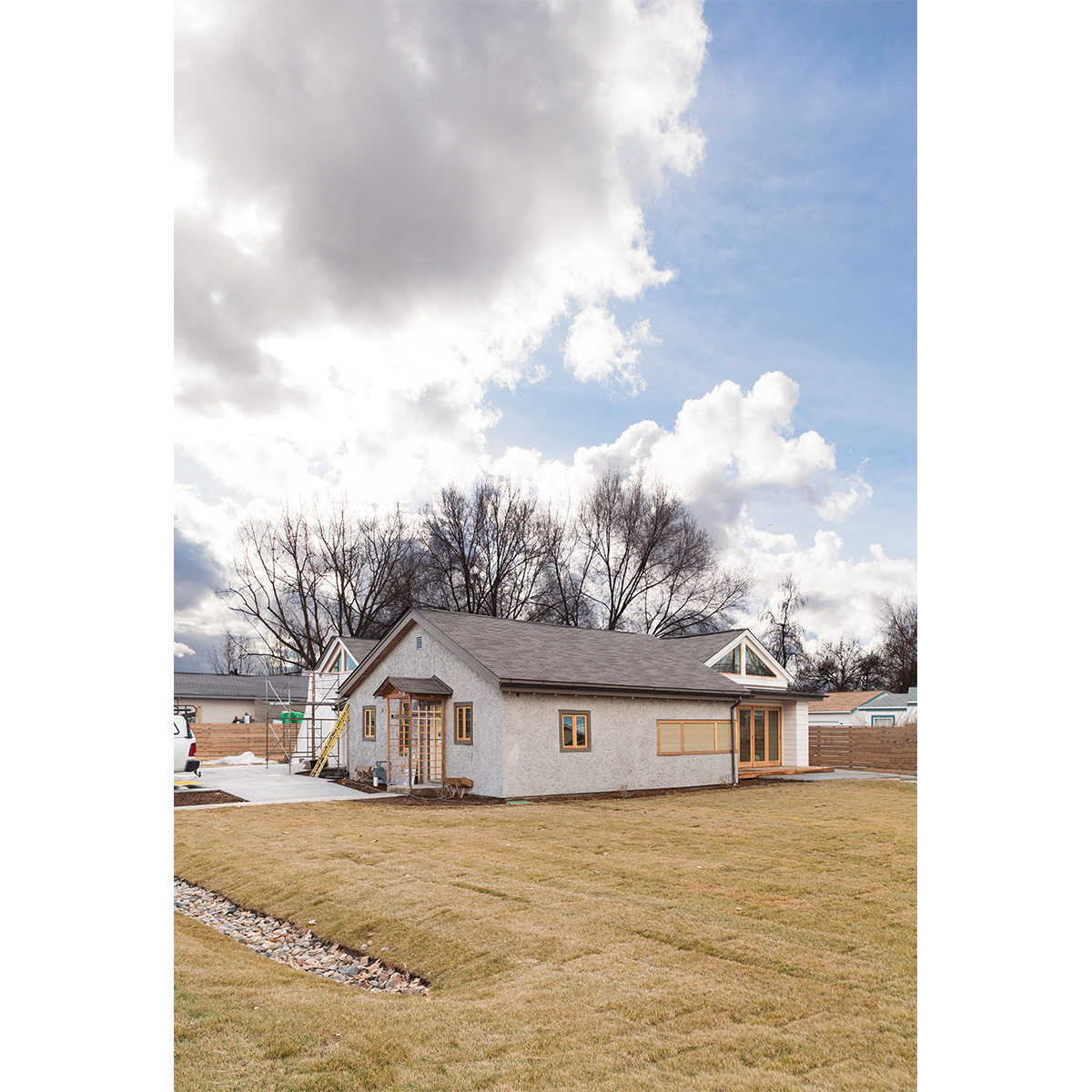 I’m excited to read this book. What’s one thing that you didn’t expect through the whole process?
I’m excited to read this book. What’s one thing that you didn’t expect through the whole process?
One thing, I think, that’s notable is we’ve taken a house that would always be categorized as a simple farm structure—that in most cases would be bulldozed, because it was never meant to stand up that long, and we decided that the build history of this house could be a great stand-in for all of the other structures that have been lost over time, all of the other structures that had their own story, the structures that are all over the North End of Boise, but have either been encased in another structure or completely torn away. We pulled off all of the unnecessary noncontributing portions—but we went out of our way to maintain the original ones. So, now the house doesn’t have to do all the hard work of standing up on its own. We’ve elevated a vernacular building. Now, it can be a storytelling device—I’m really proud of that.
You are not the only one.
North Boise
January 29, 2018
Creators, Makers, & Doers highlights the lives and work of Boise artists and creative individuals. Selected profiles focus on individuals whose work has been supported by the Boise City Dept. of Arts & History.
